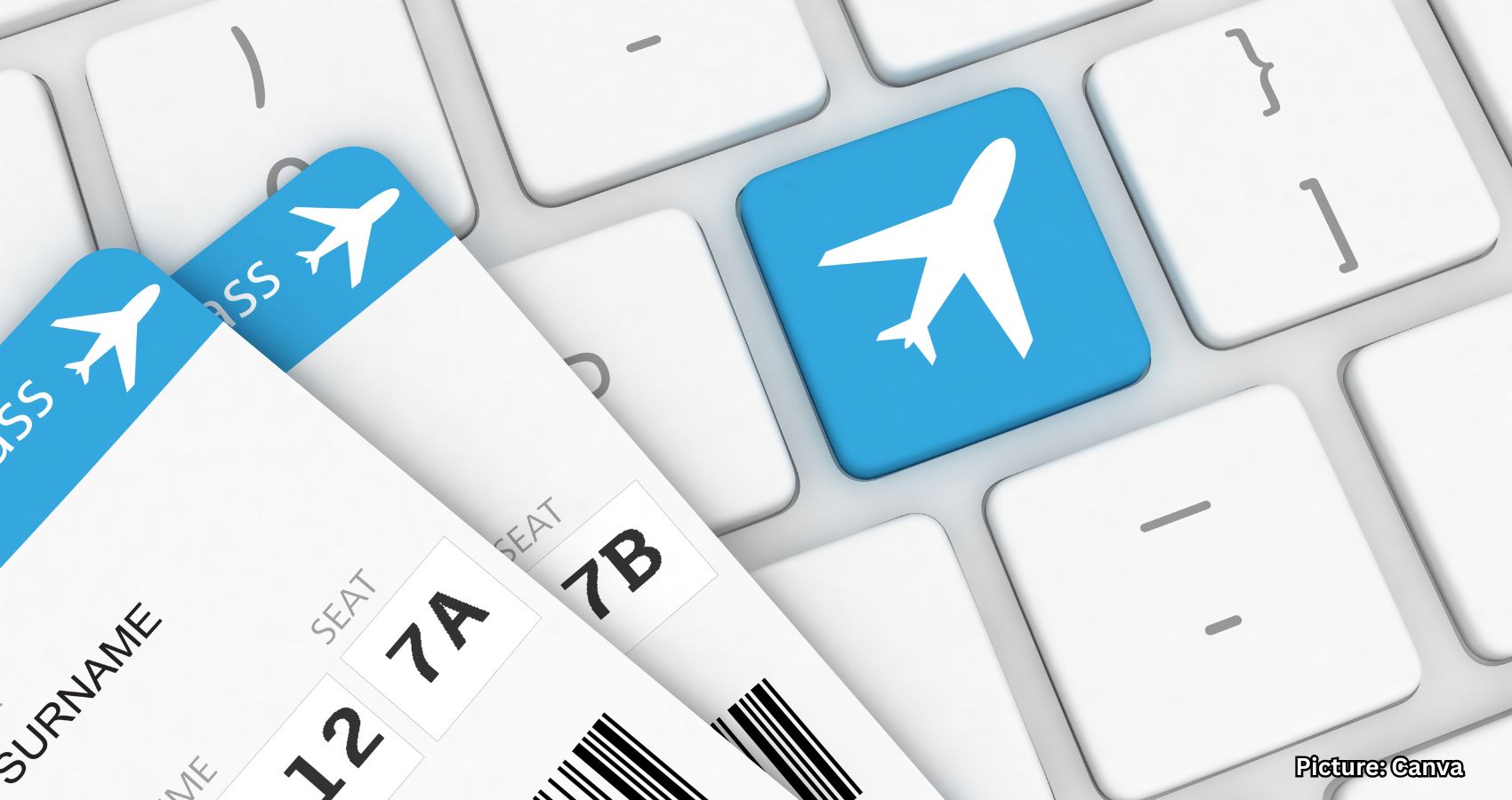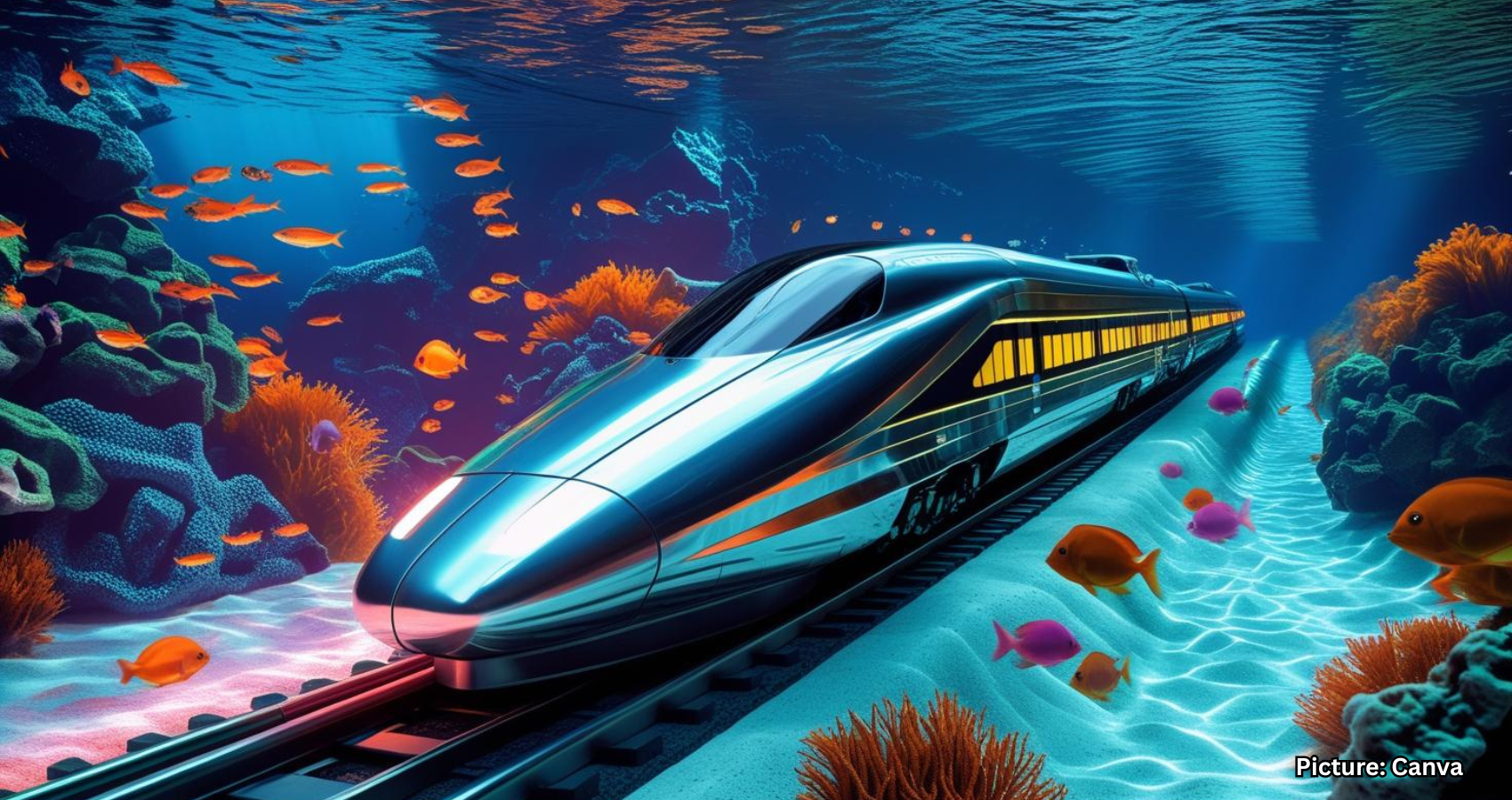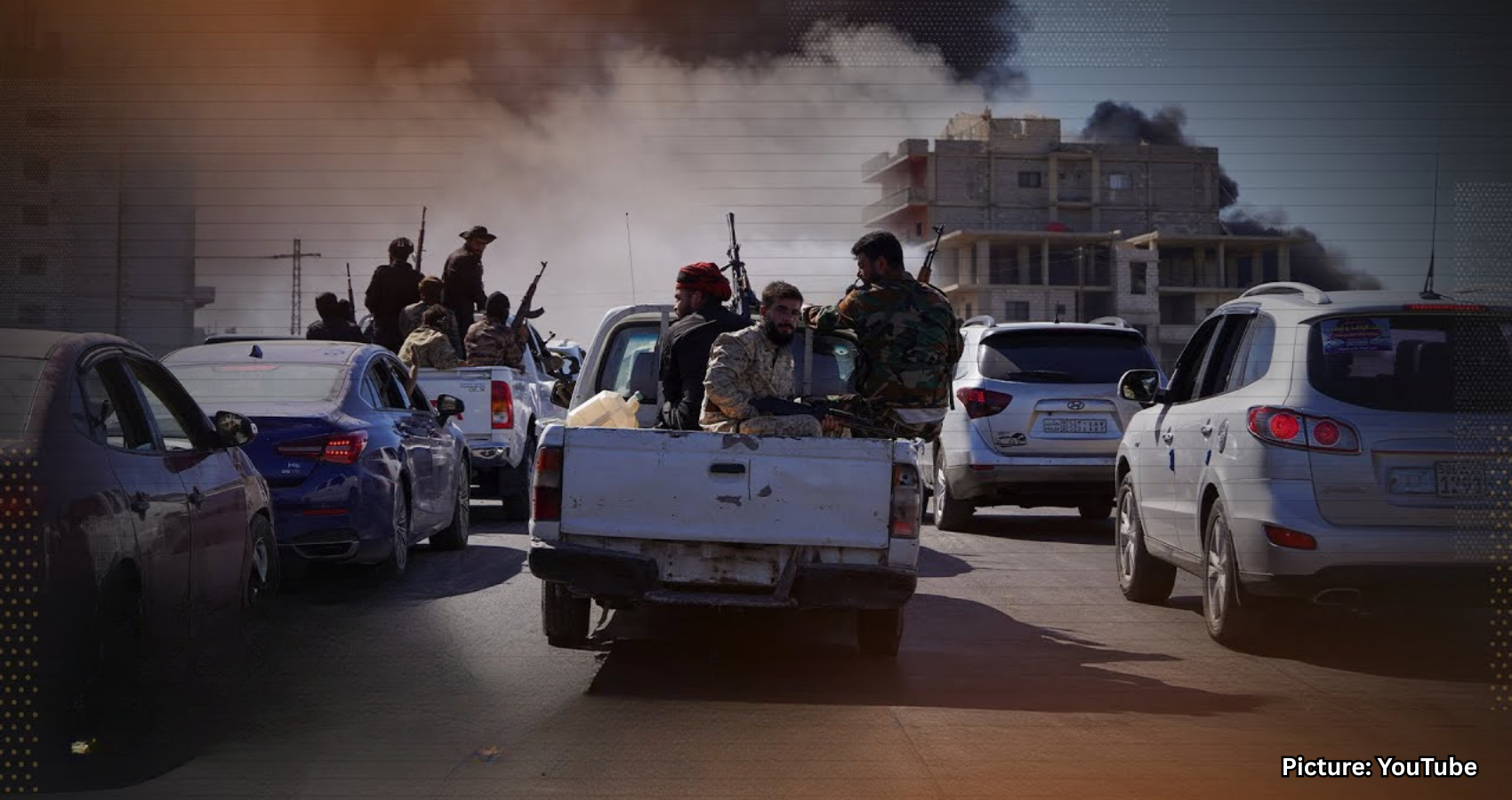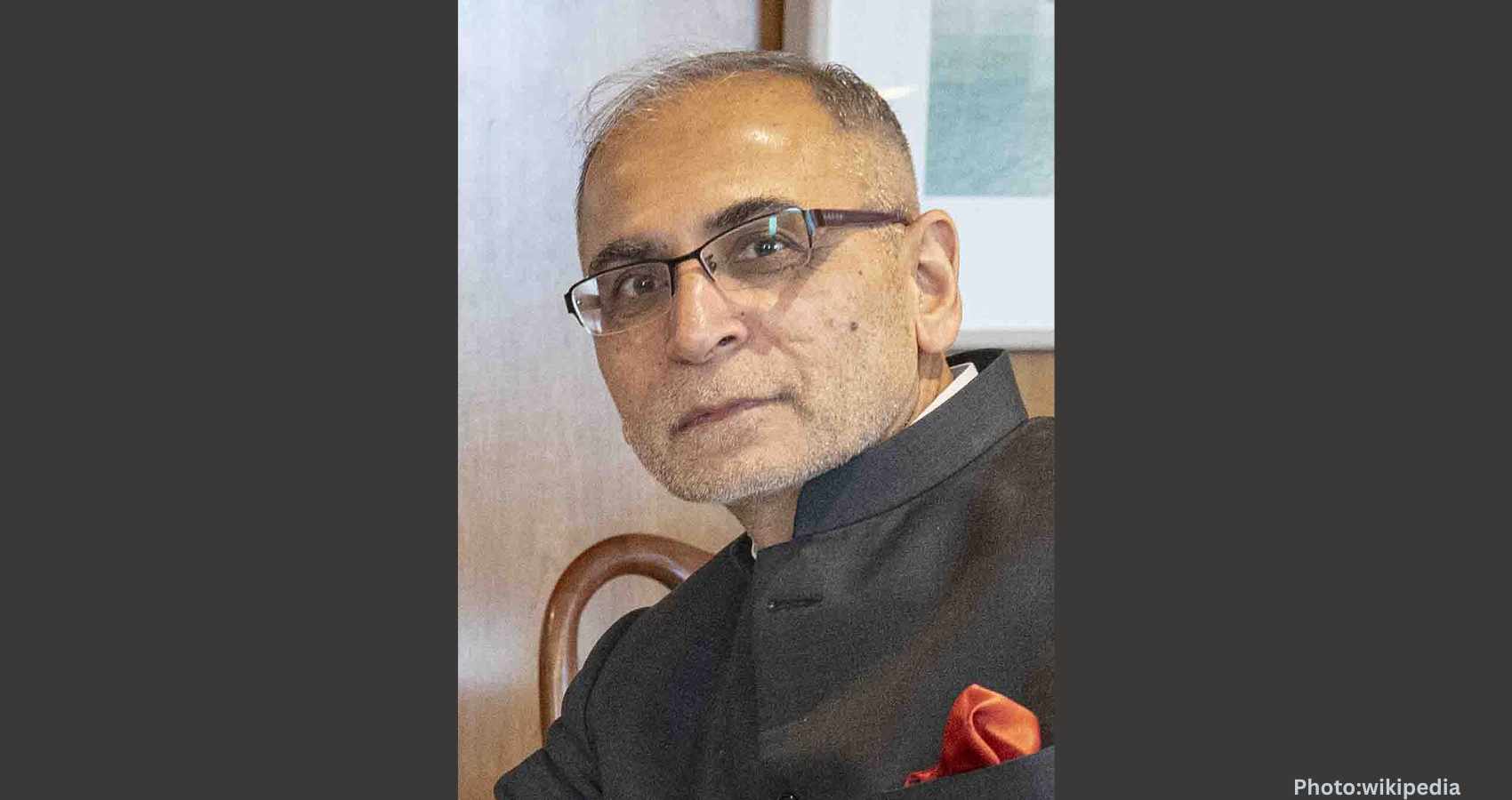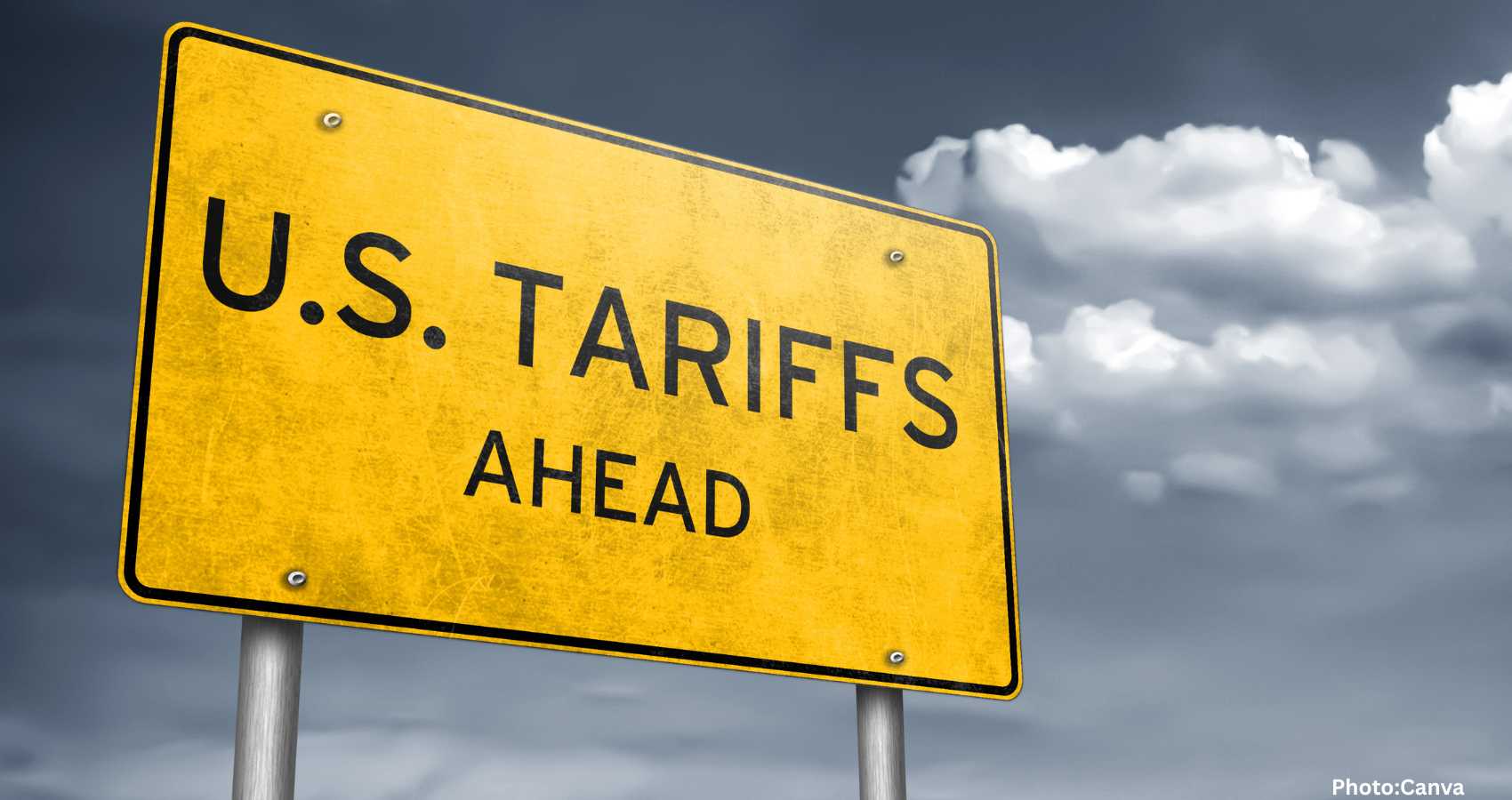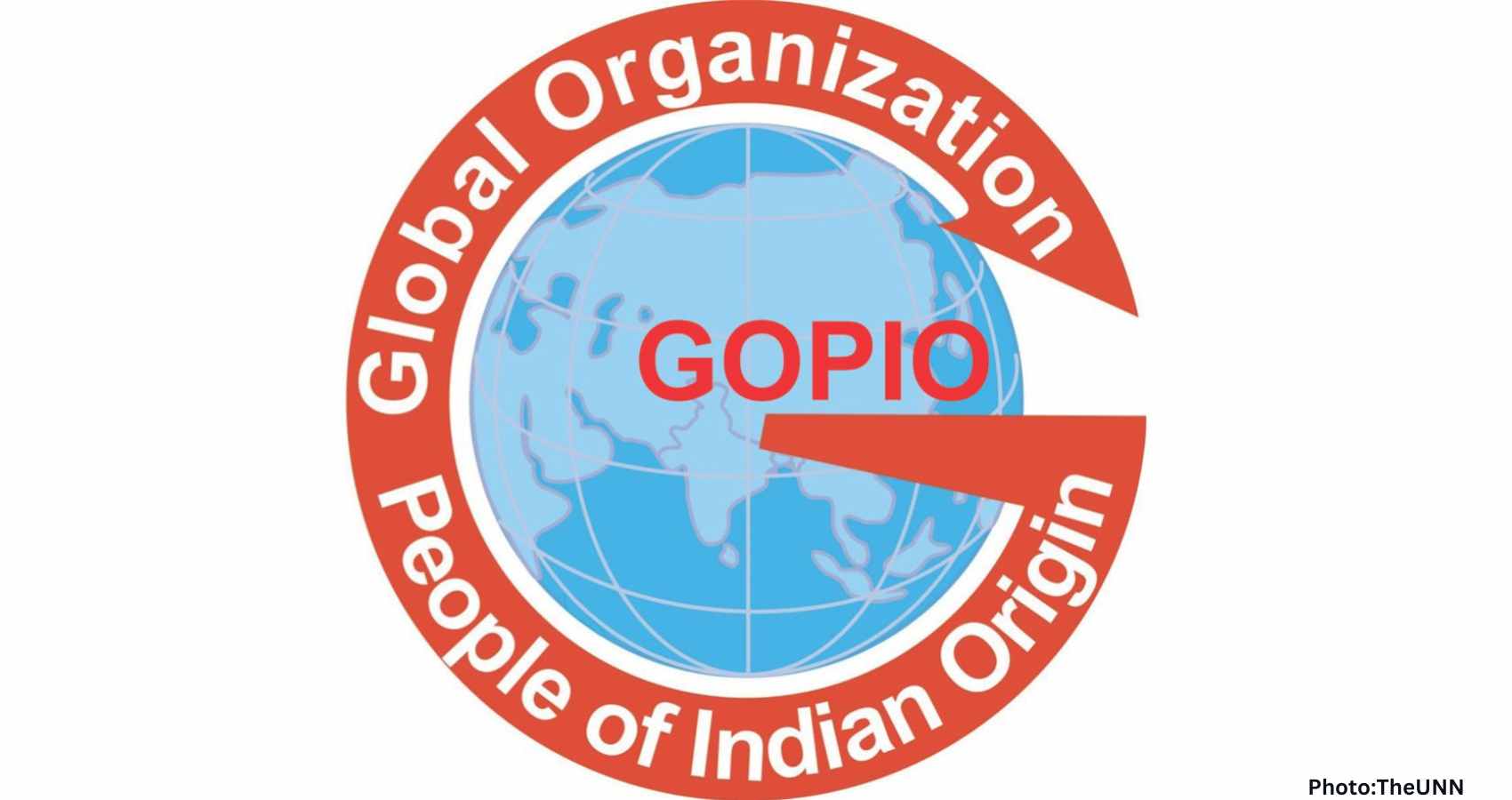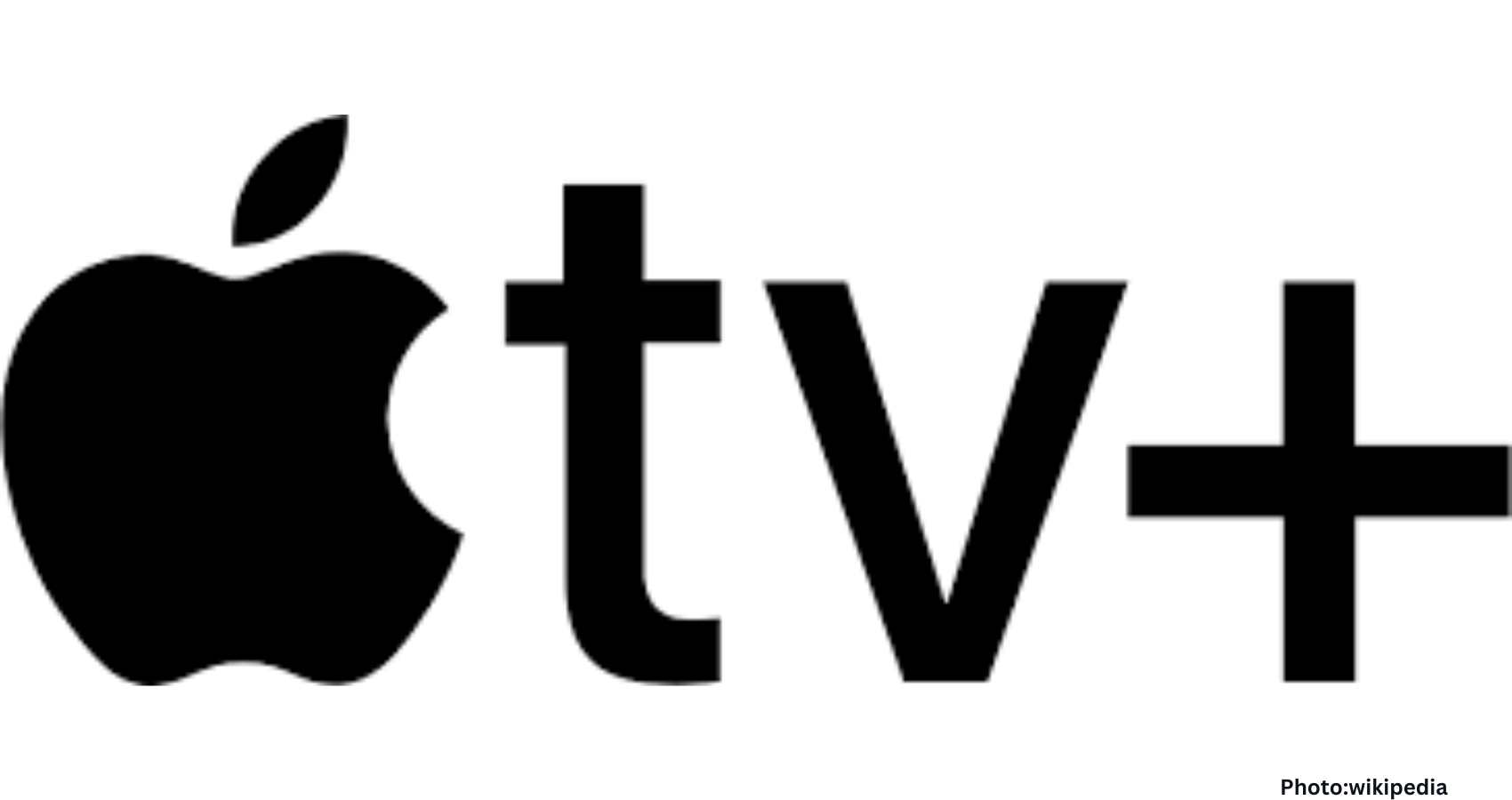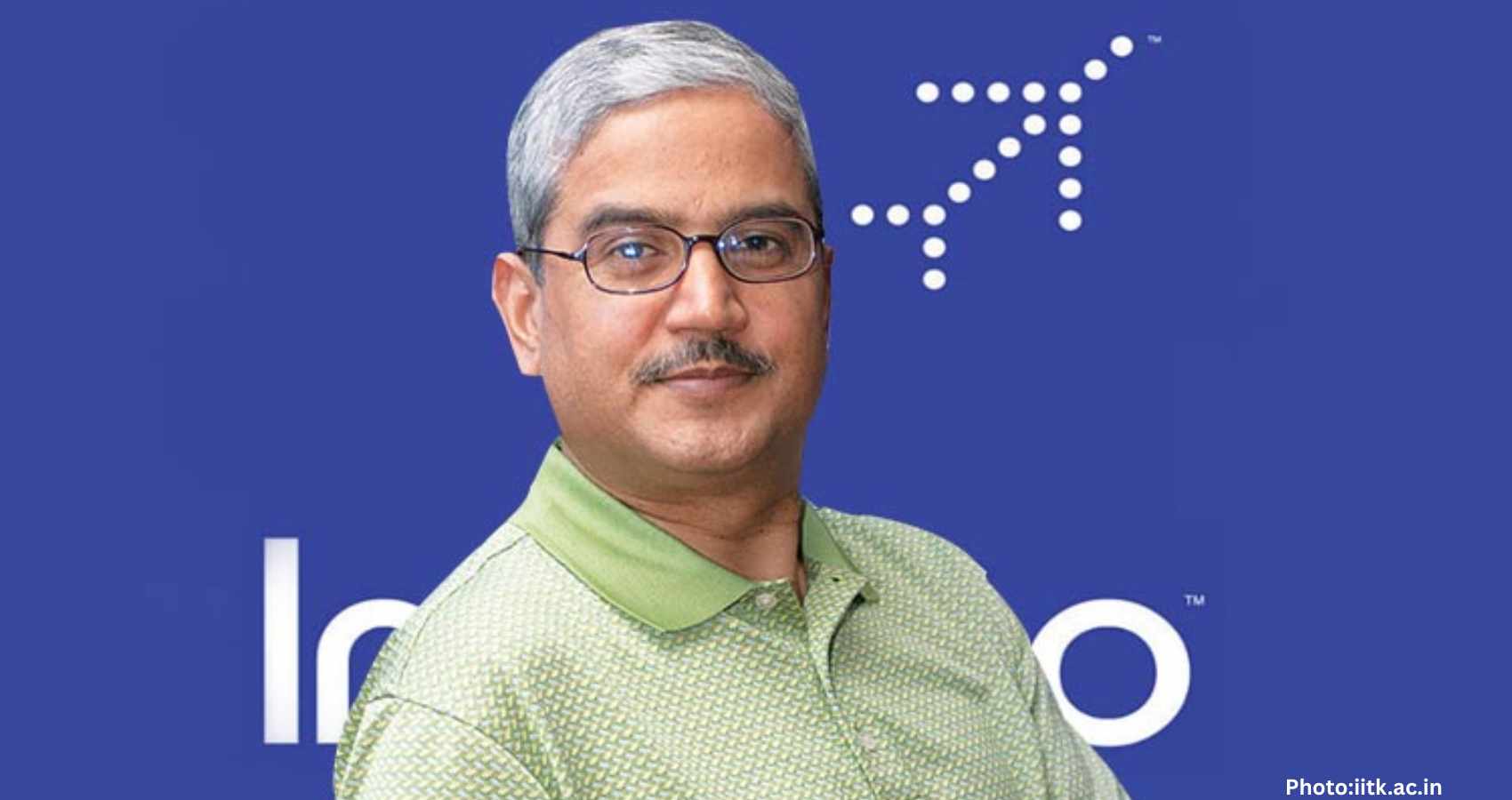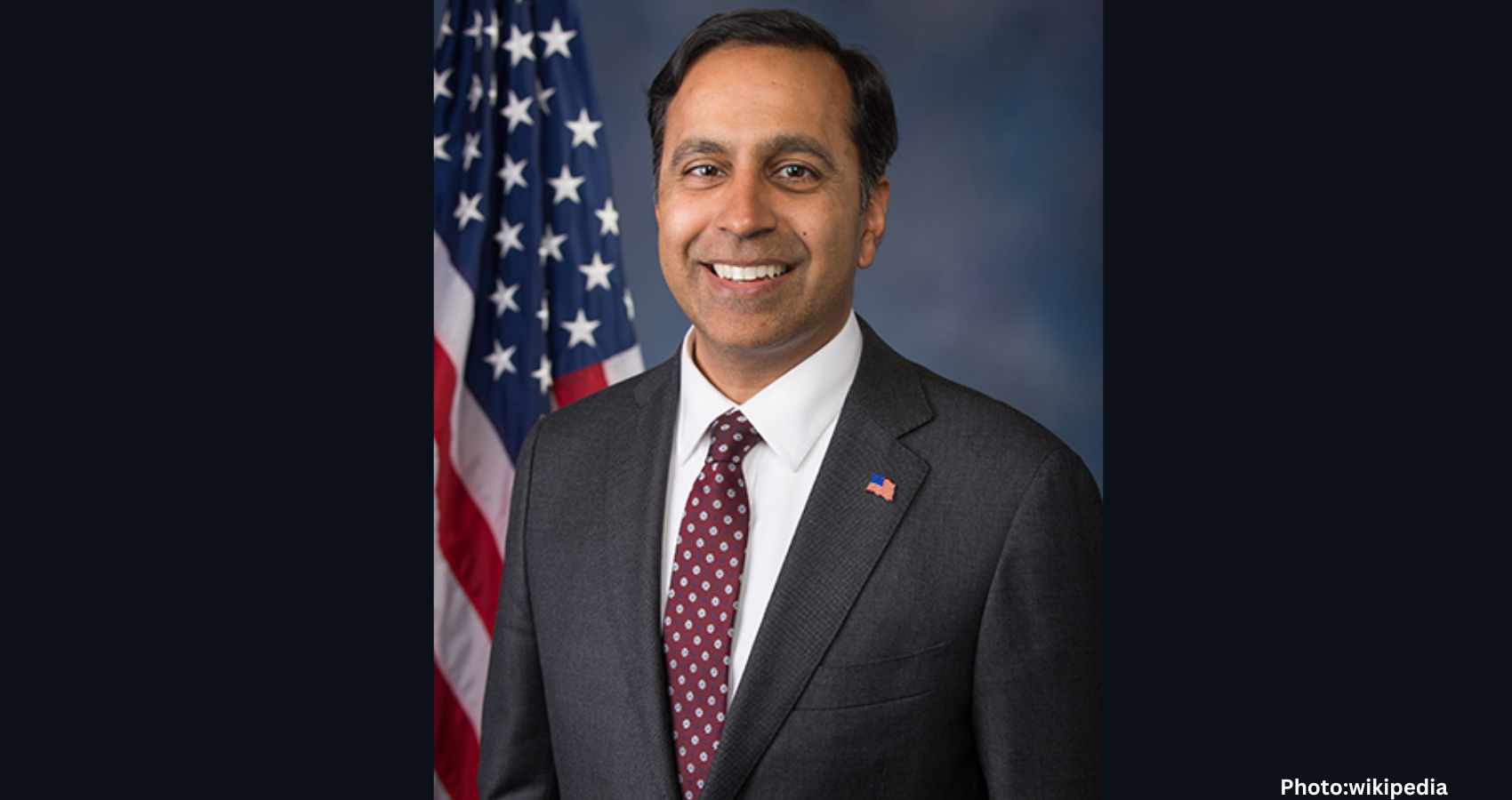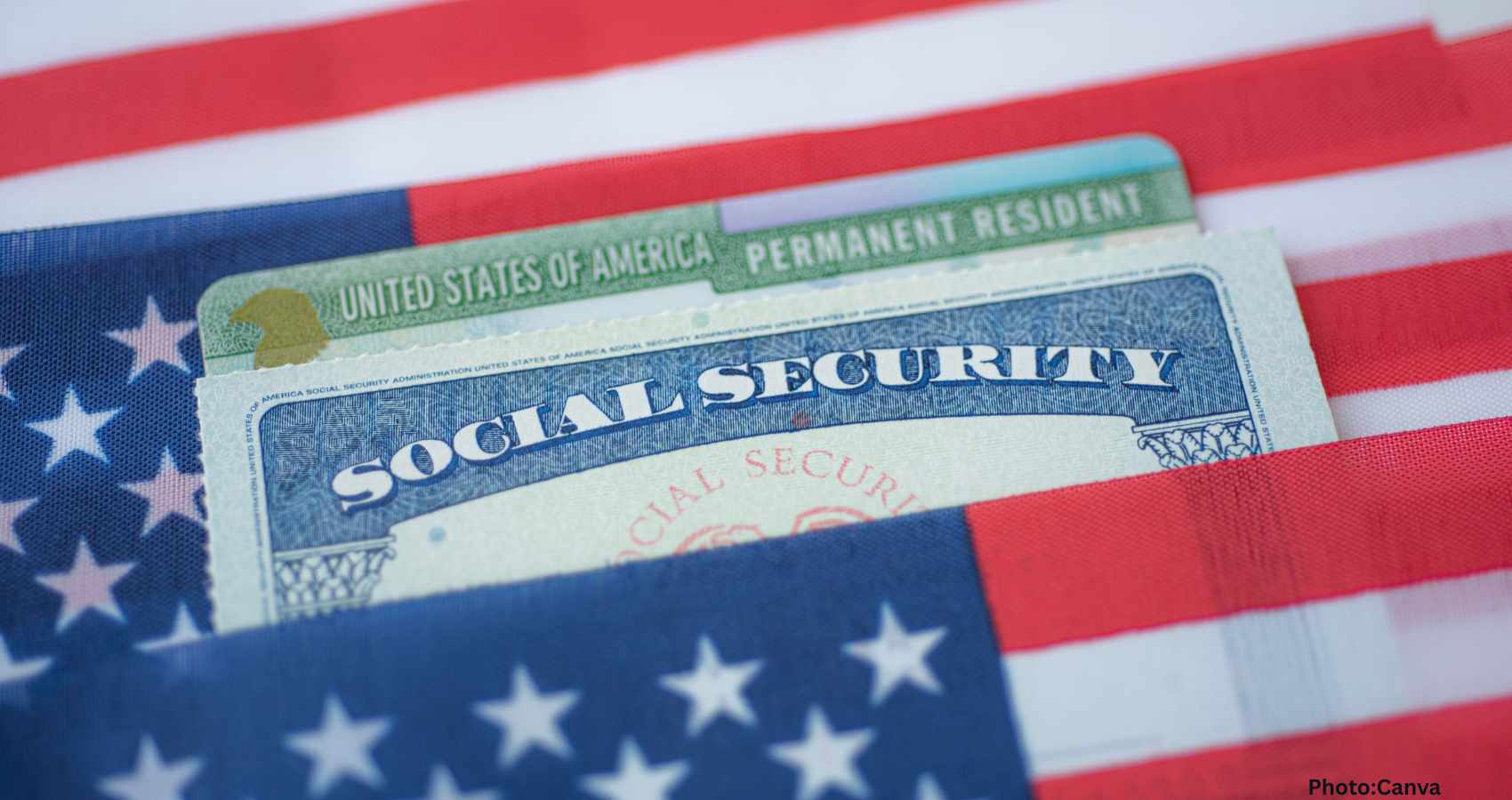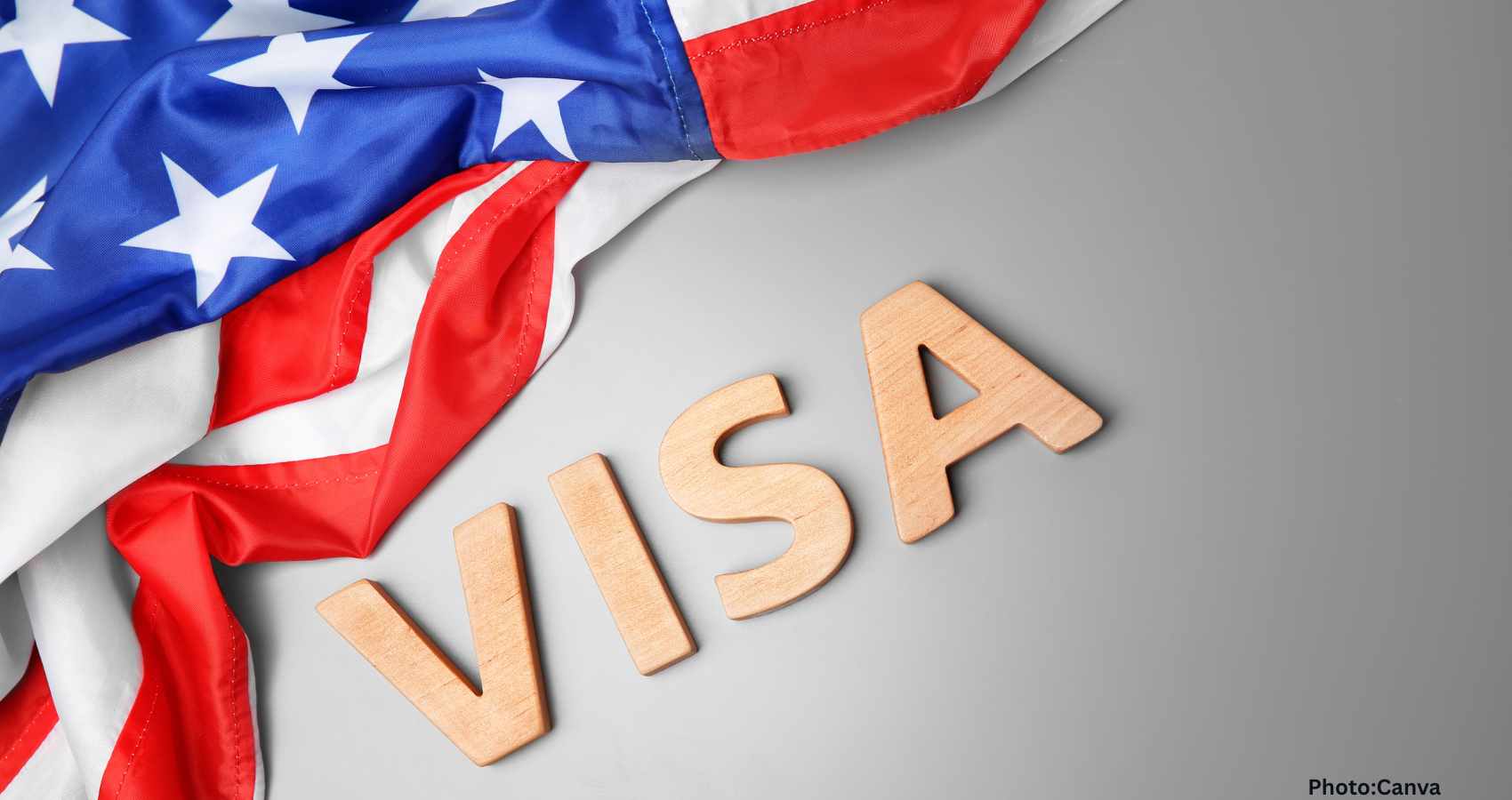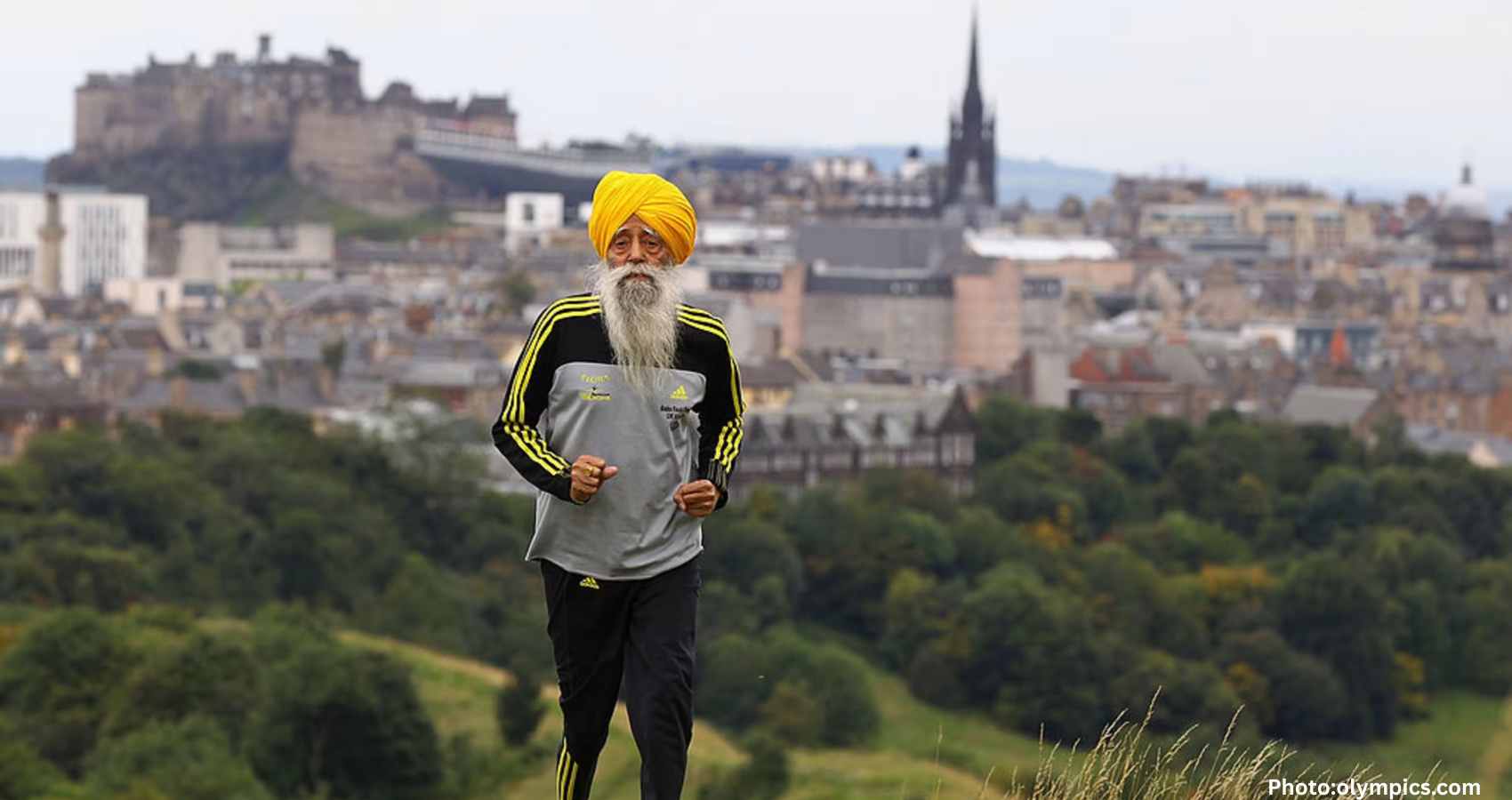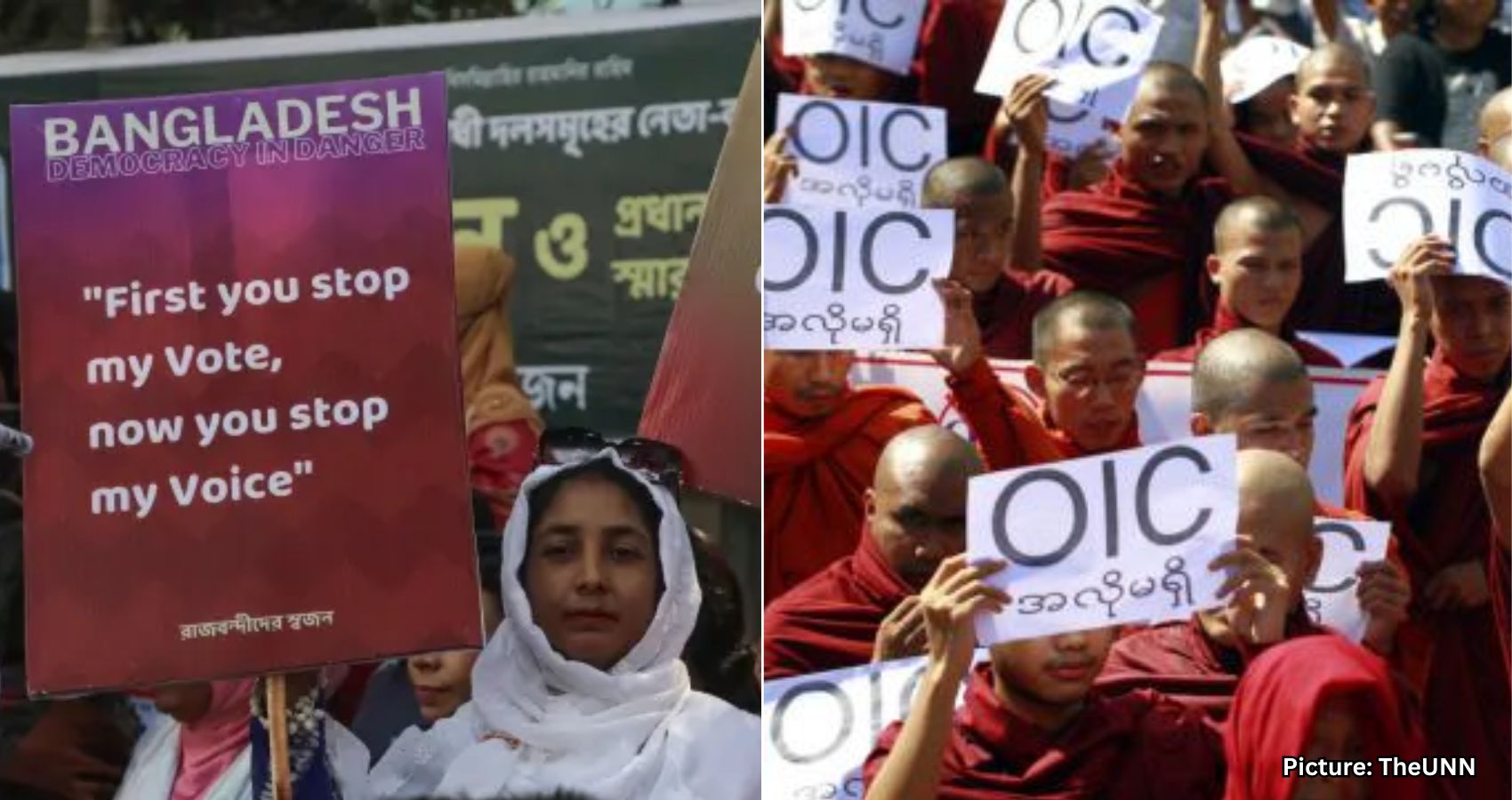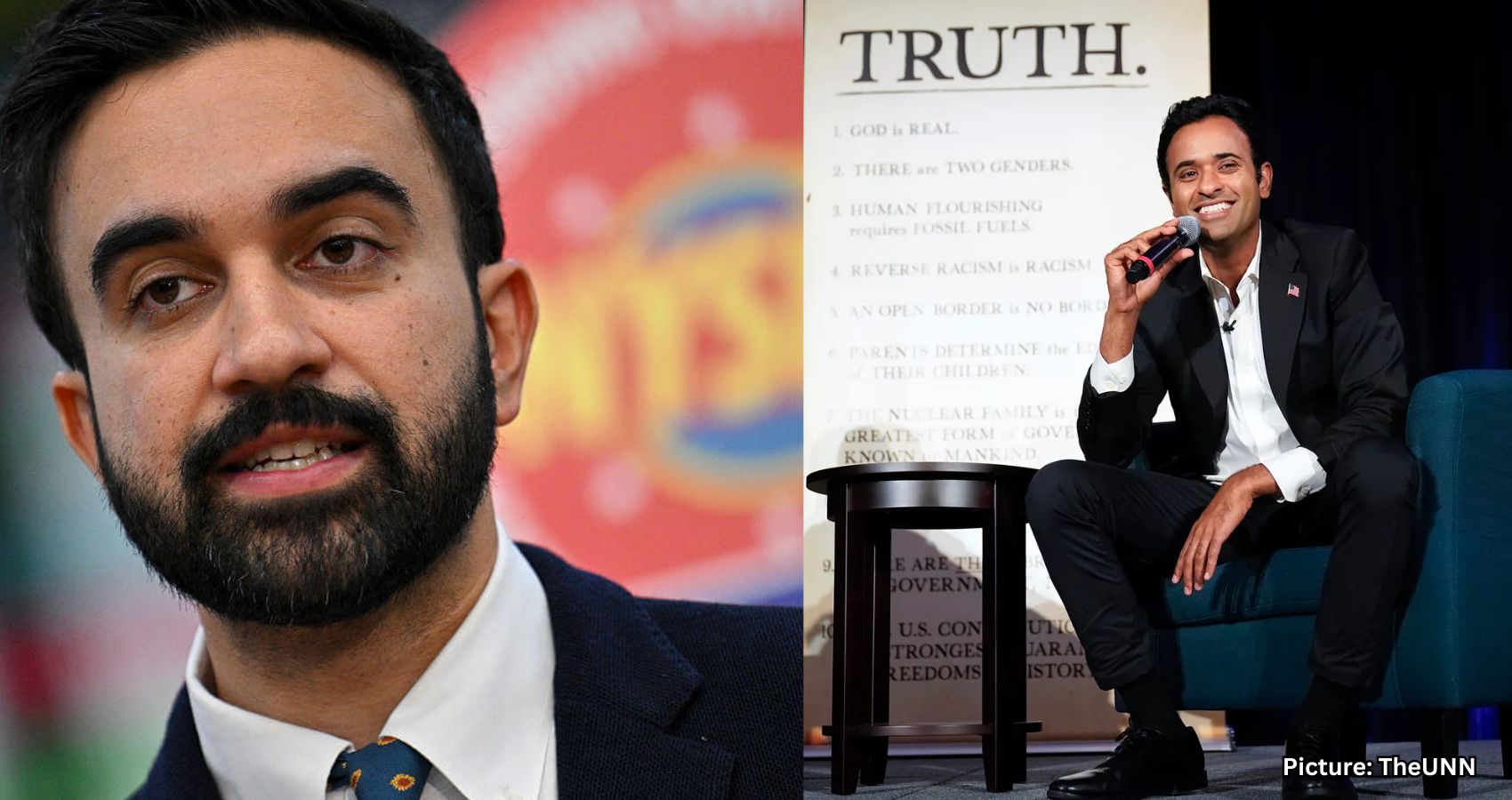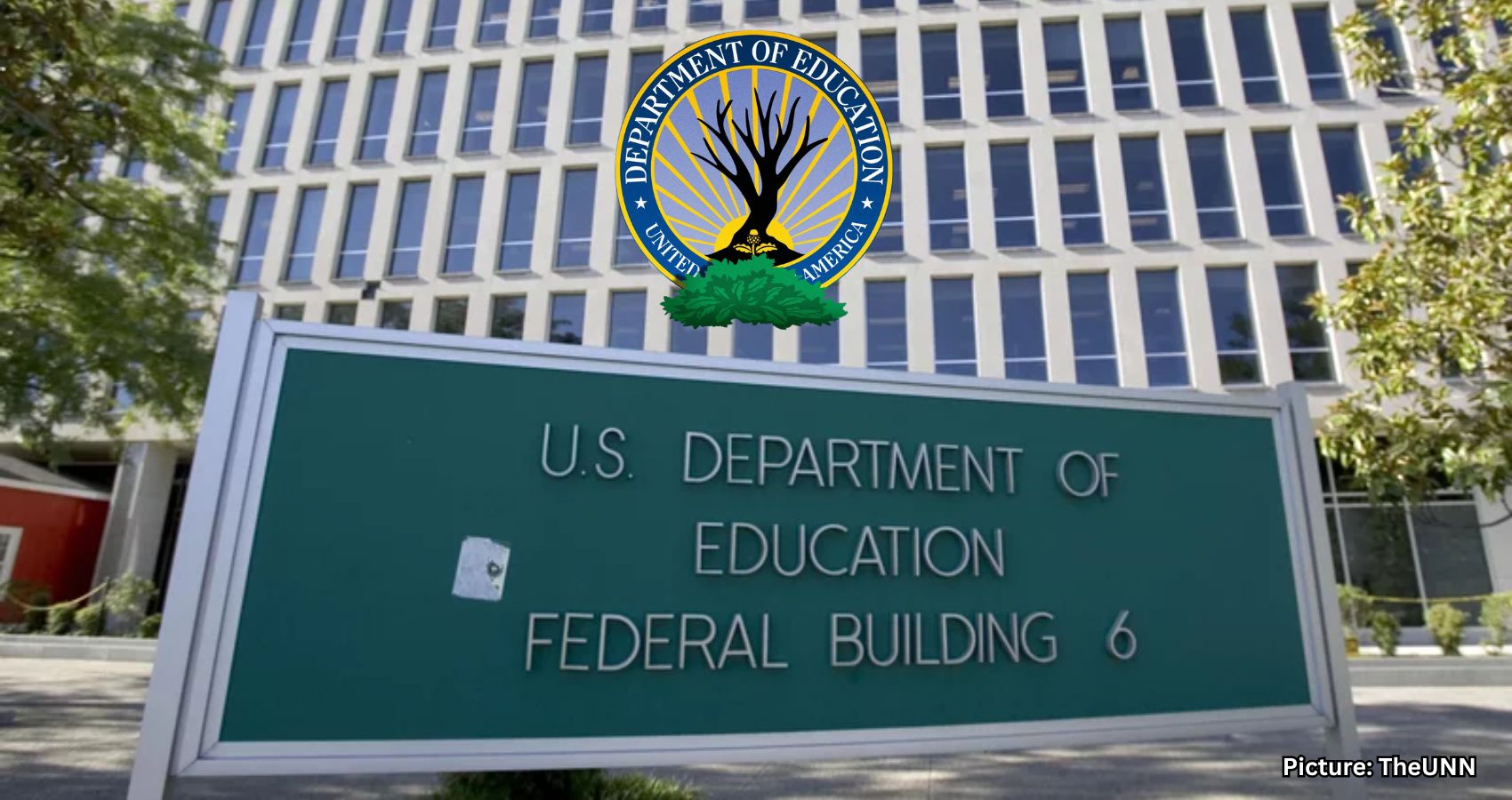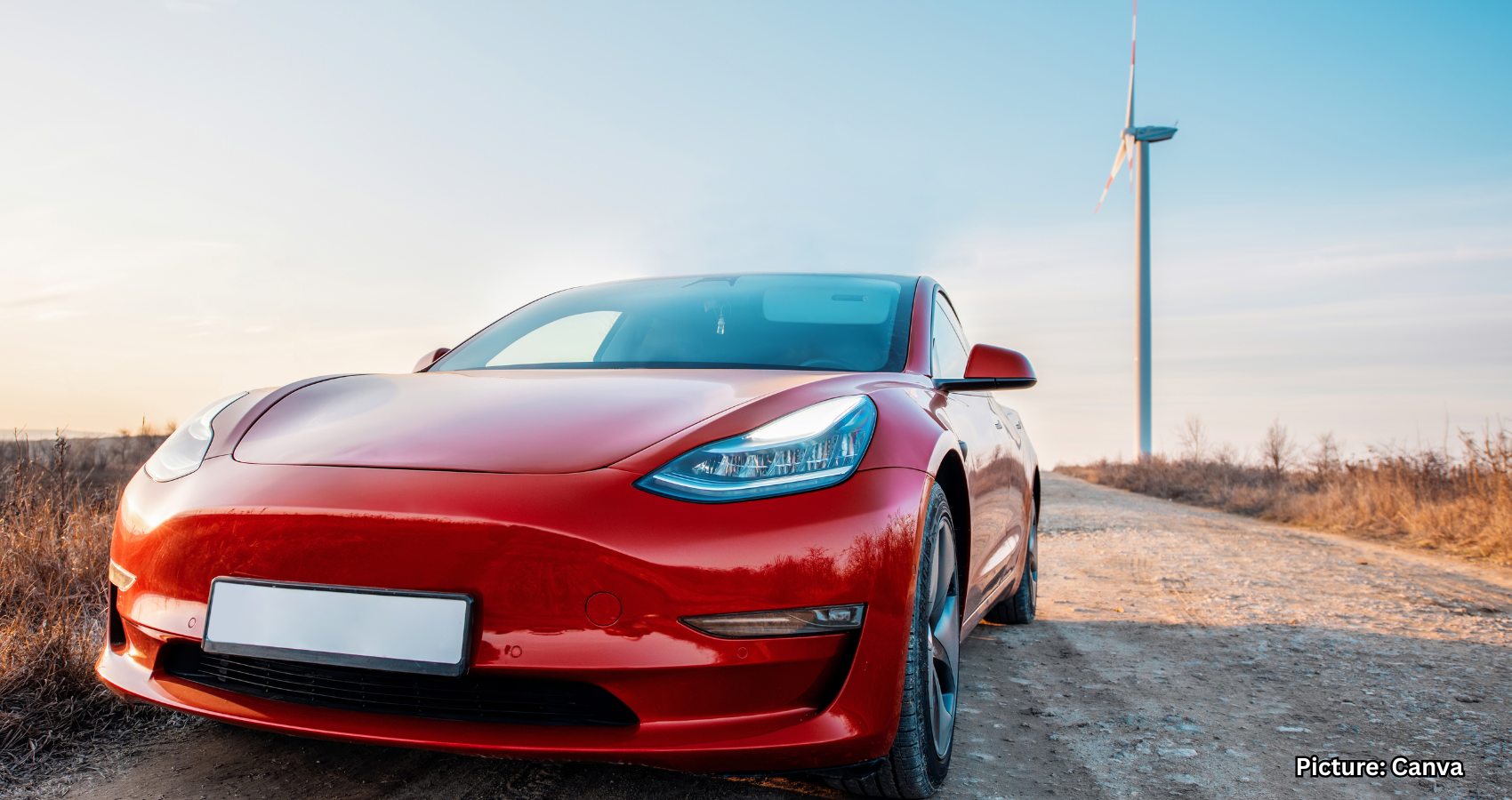In a July 2025 social media post, former President Donald Trump endorsed Director of National Intelligence Tulsi Gabbard’s push for prosecution of former President Barack Obama and key officials for allegedly orchestrating election fraud during the 2016 presidential campaign.
Former President Donald Trump, using his platform on Truth Social, reiterated his claims on July 19, 2025, that former President Barack Obama and his associates were involved in a “treasonous conspiracy” aimed at undermining his 2016 election victory. Trump praised Director of National Intelligence Tulsi Gabbard for her role in exposing alleged election fraud and encouraged her to continue pushing for criminal charges against Obama and top officials.
Gabbard released a 114-page declassified report on July 18, detailing accusations against members of Obama’s national security team, including James Clapper, John Brennan, James Comey, and Susan Rice. She alleged that these individuals manipulated intelligence to falsely suggest that Russian interference had favored Trump in the election.
The report cites documents such as a December 7, 2016, memo stating that no cyberattacks altered the election outcome. Gabbard claims that a White House meeting held on December 9, 2016, resulted in a January 2017 intelligence report that wrongly attributed Trump’s victory to Russian interference, subsequently leading to Special Counsel Robert Mueller’s investigation.
The report and its conclusions, however, face significant counterarguments. Previous investigations, including a 2020 bipartisan report by the Senate Intelligence Committee, identified “irrefutable evidence” of Russia’s attempts to support Trump, without any indication of fabricated intelligence. Mueller’s 2019 report also described Russia’s interference as “sweeping and systematic,” yet found no evidence of collusion by Trump’s campaign.
Democratic leaders have dismissed Gabbard’s allegations as lacking in foundation. Senator Mark Warner, a senior member of the Senate Intelligence Committee, noted that the 2017 intelligence community assessment was the outcome of a comprehensive three-year investigation. Representative Jim Himes, a Democrat on the House Intelligence Committee, labeled the claims of treason as “baseless” due to the absence of credible investigative support.
Furthermore, a review conducted by CIA Director John Ratcliffe maintained the intelligence community’s assessment of Russia’s pro-Trump actions, even while criticizing some methods used in 2017. Gabbard’s expertise in intelligence has also been called into question amid criticism of her report.
The timing of these allegations coincides with increasing scrutiny on the White House regarding its management of Jeffrey Epstein’s files. On July 18, Trump directed Attorney General Pamela Bondi to unseal grand jury testimony tied to Epstein, amid pressure from his political base for a supposed “client list,” which the Department of Justice claims does not exist. Critics argue that Gabbard’s election fraud allegations are intended to divert attention from the Epstein controversy, which includes resurfaced images of Trump with Epstein from the 1990s and a recent report by the Wall Street Journal suggesting a suggestive 2003 letter from Trump.
The release of Gabbard’s report shortly after the Wall Street Journal’s story has prompted speculation that the administration is aiming to redirect public and media focus from the Epstein-related issues to past political disputes.

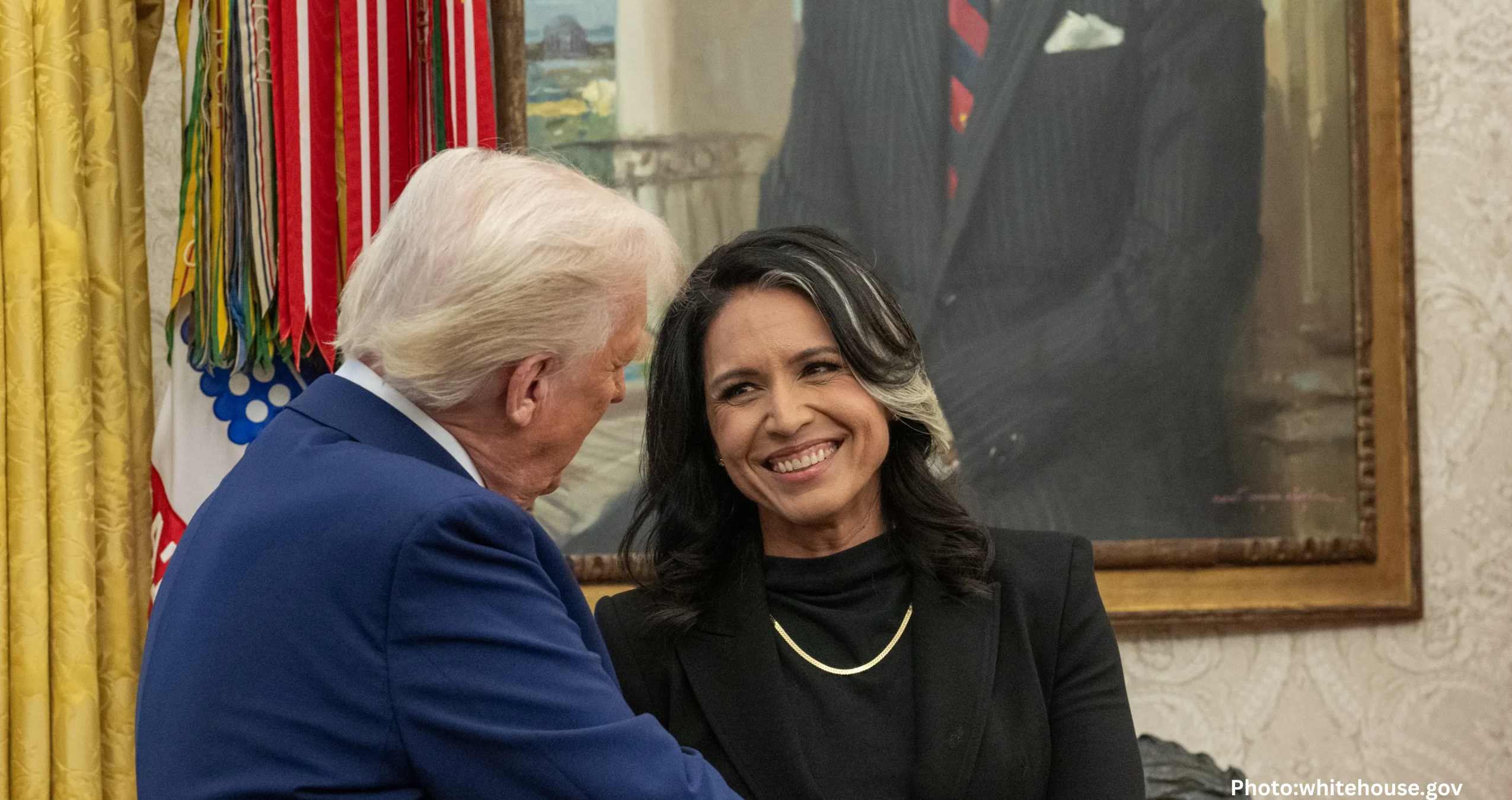
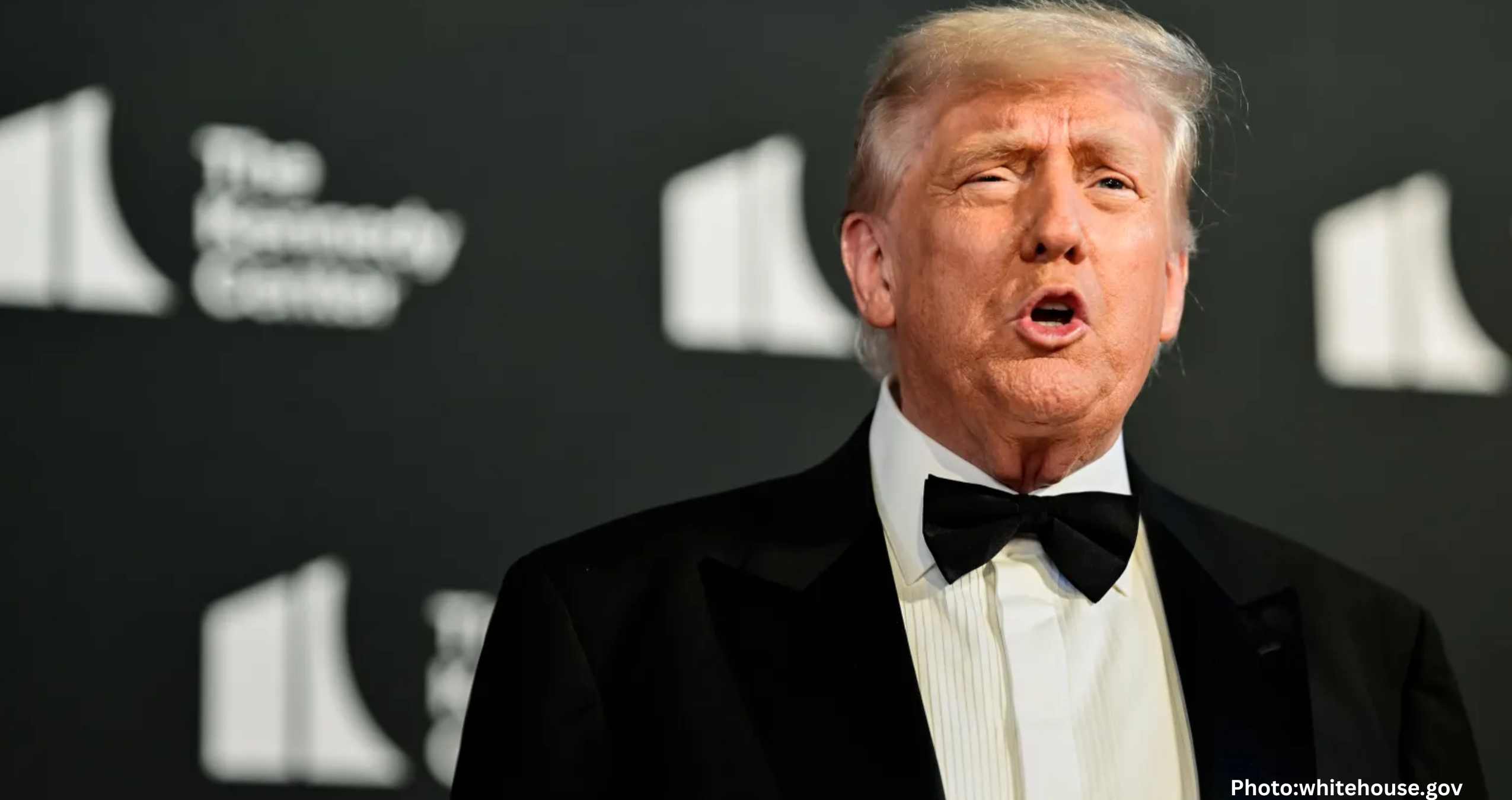
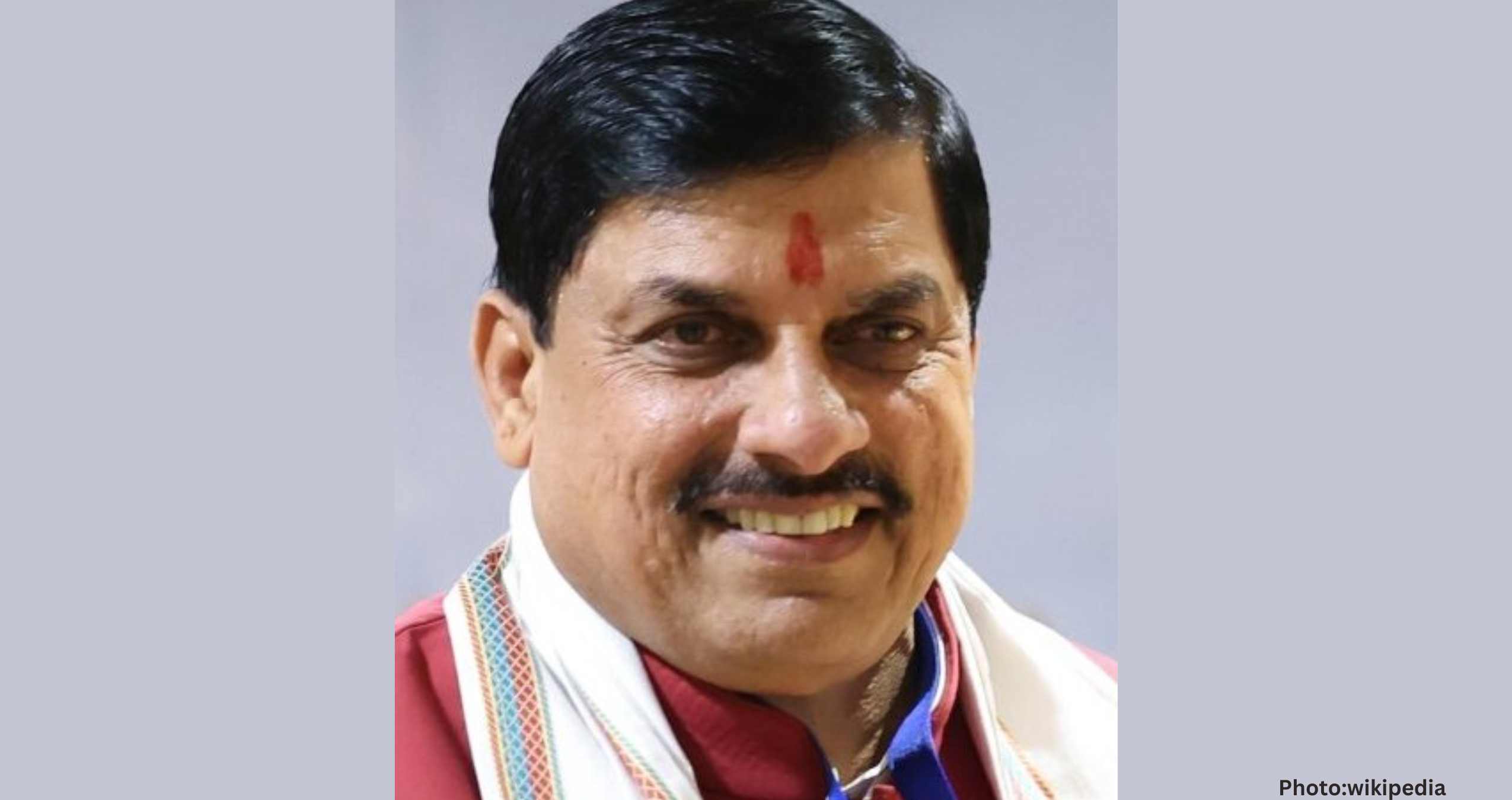
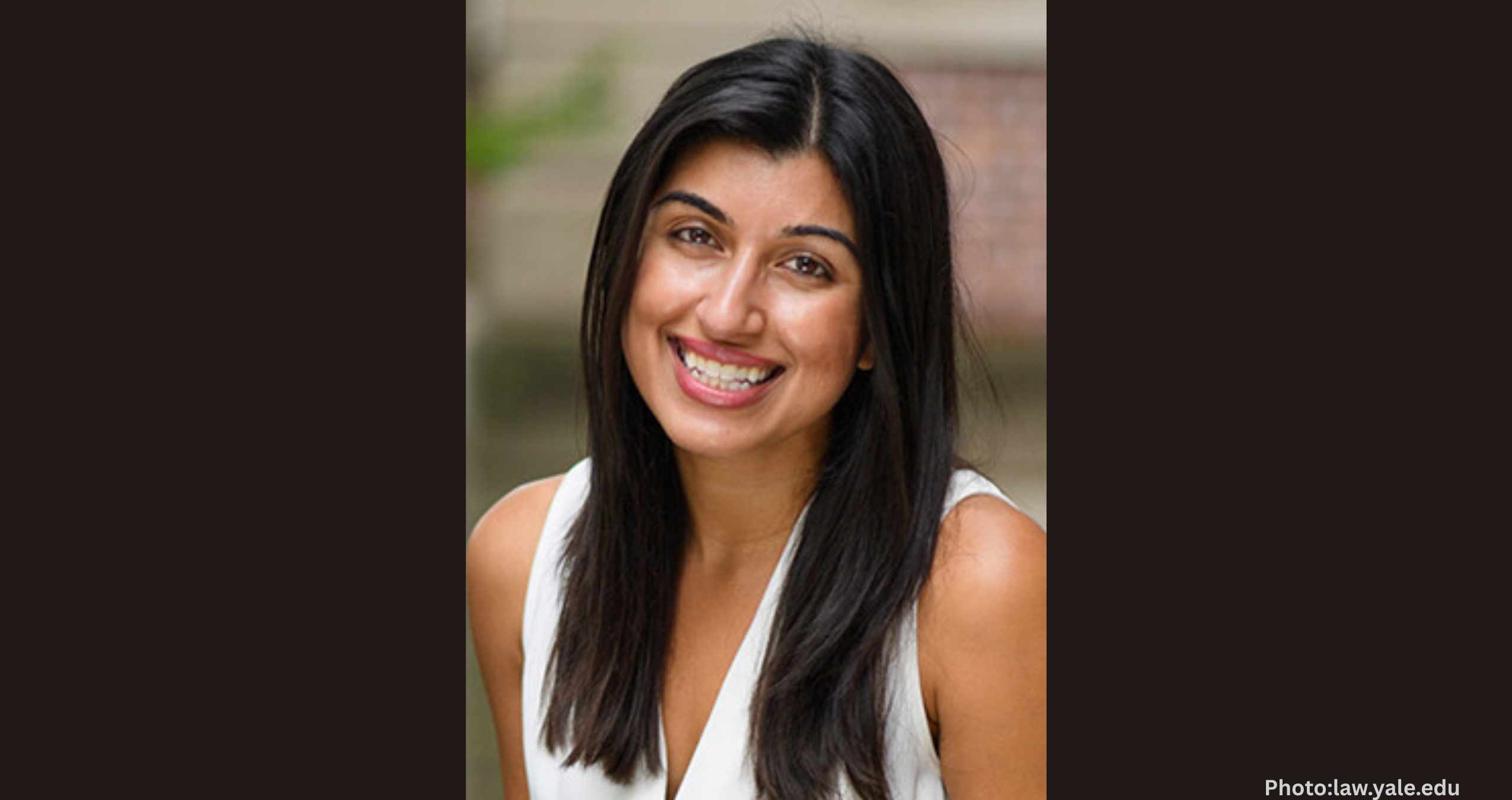
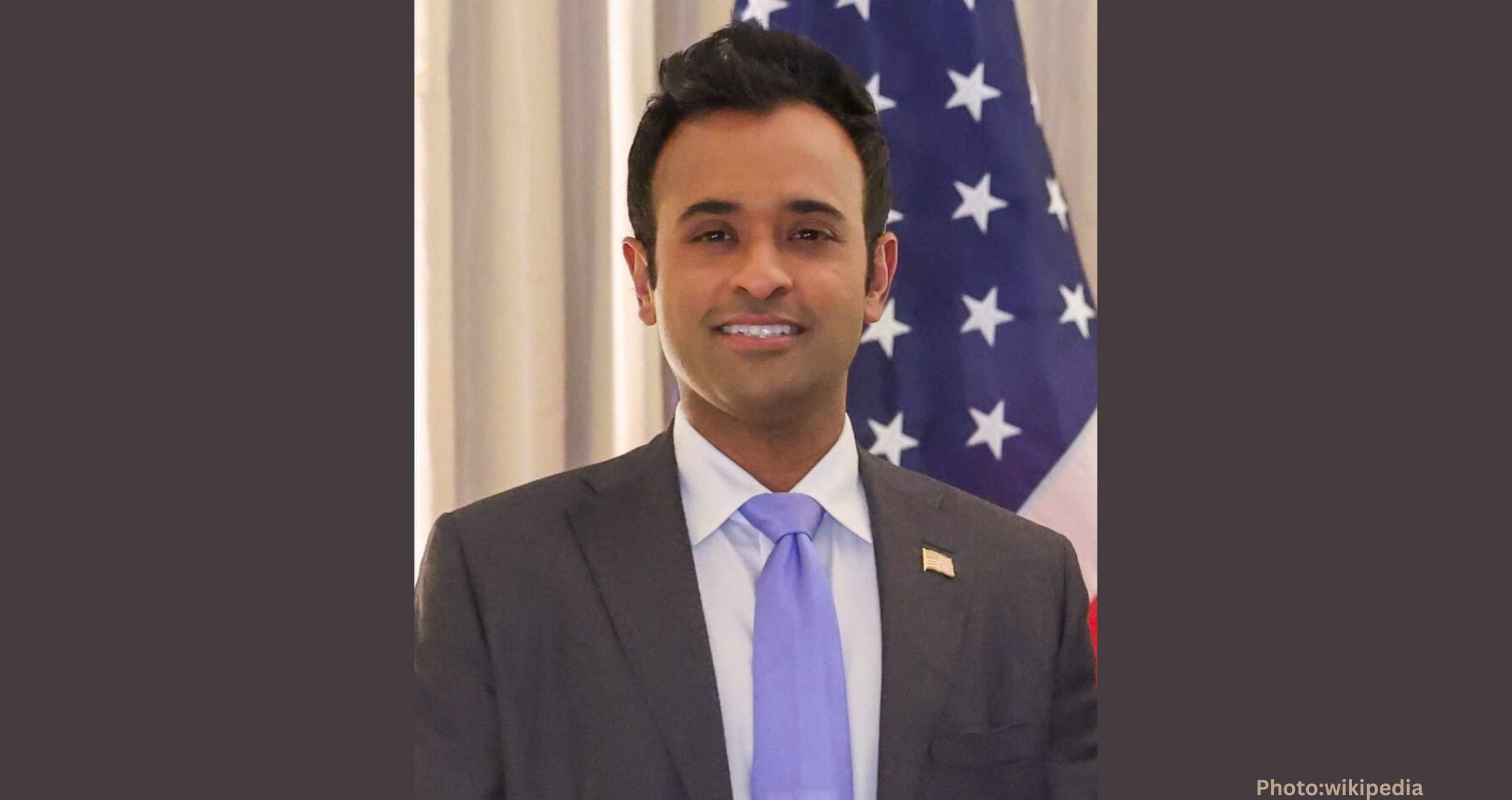


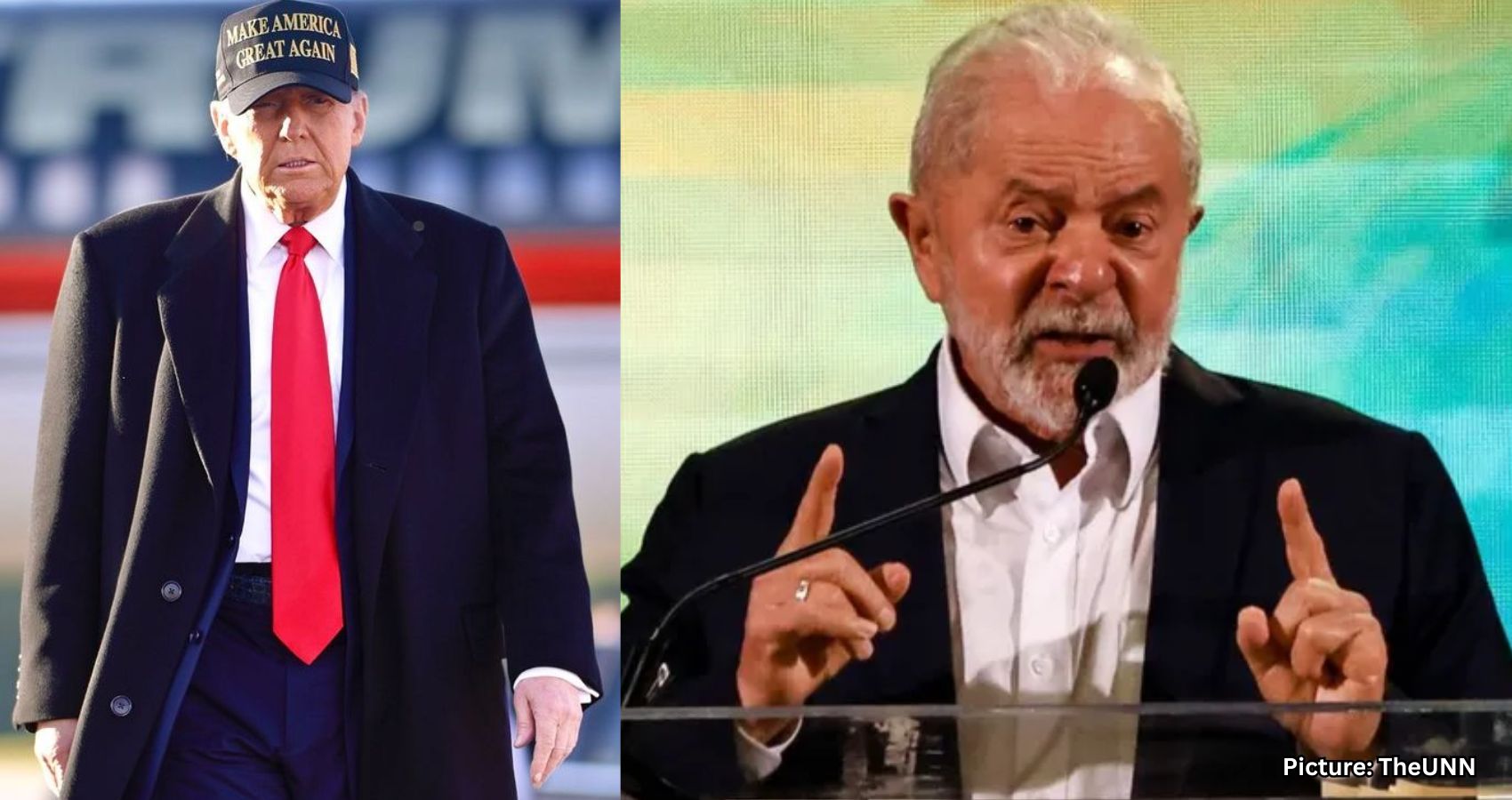
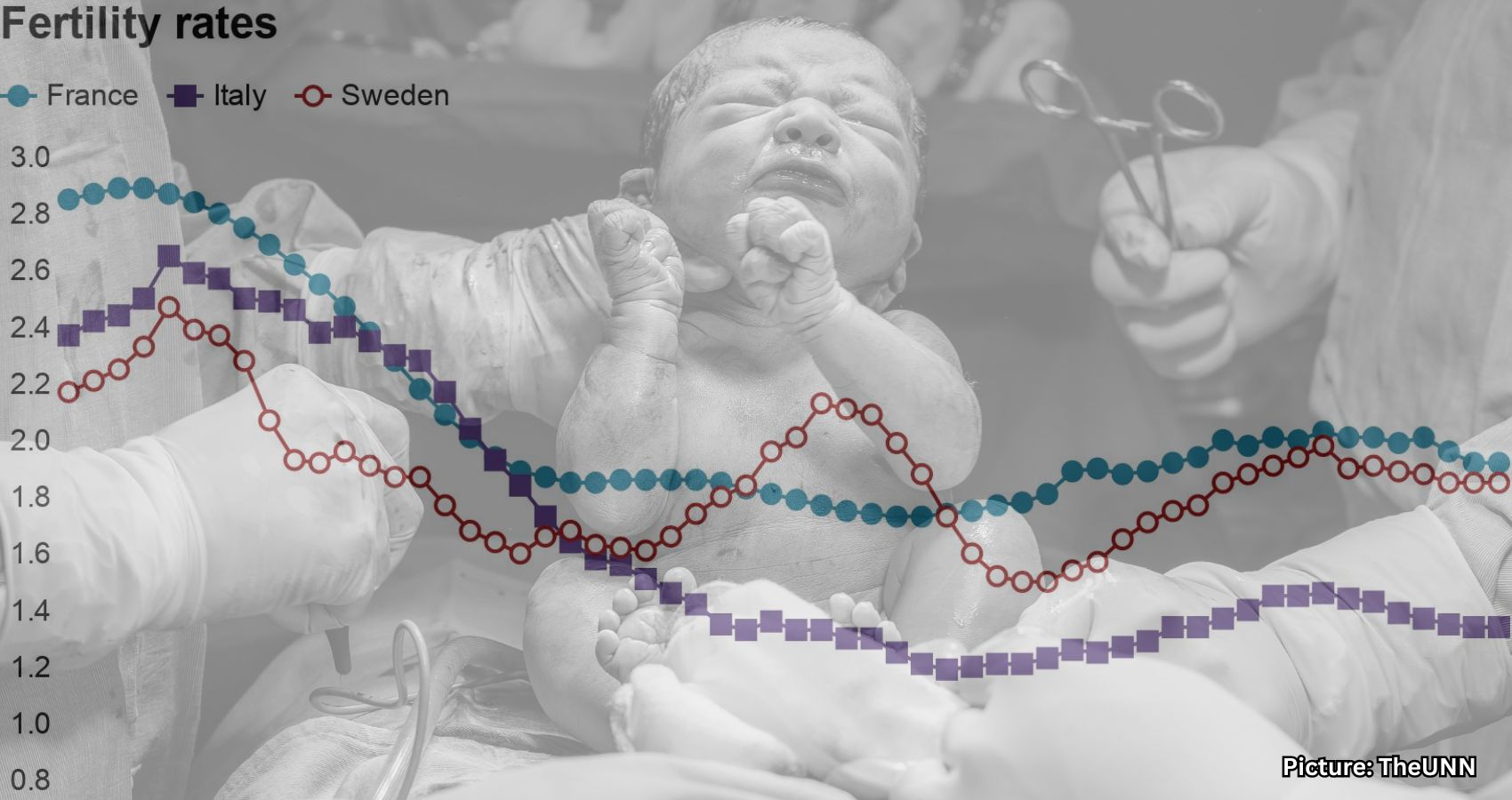
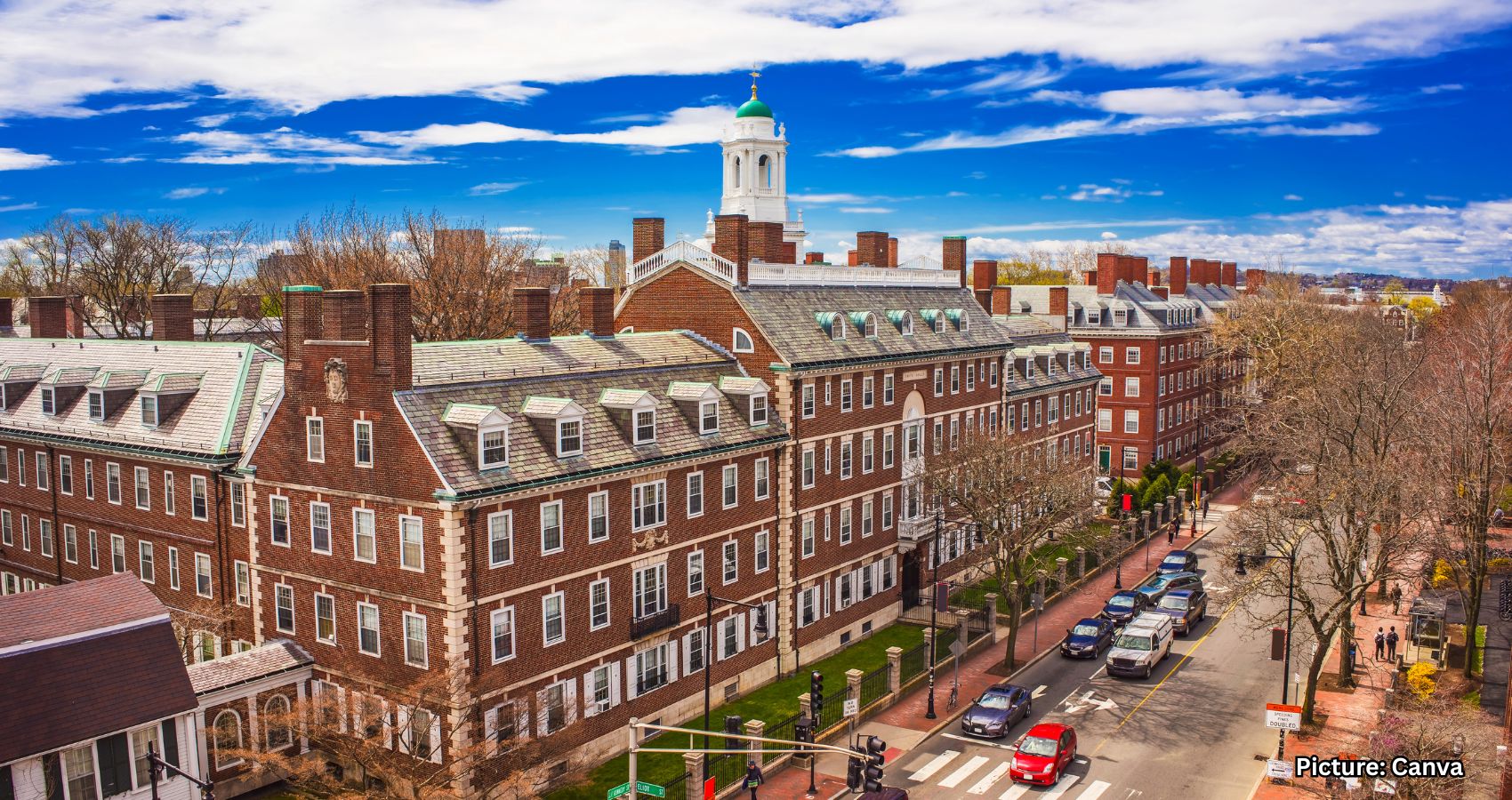
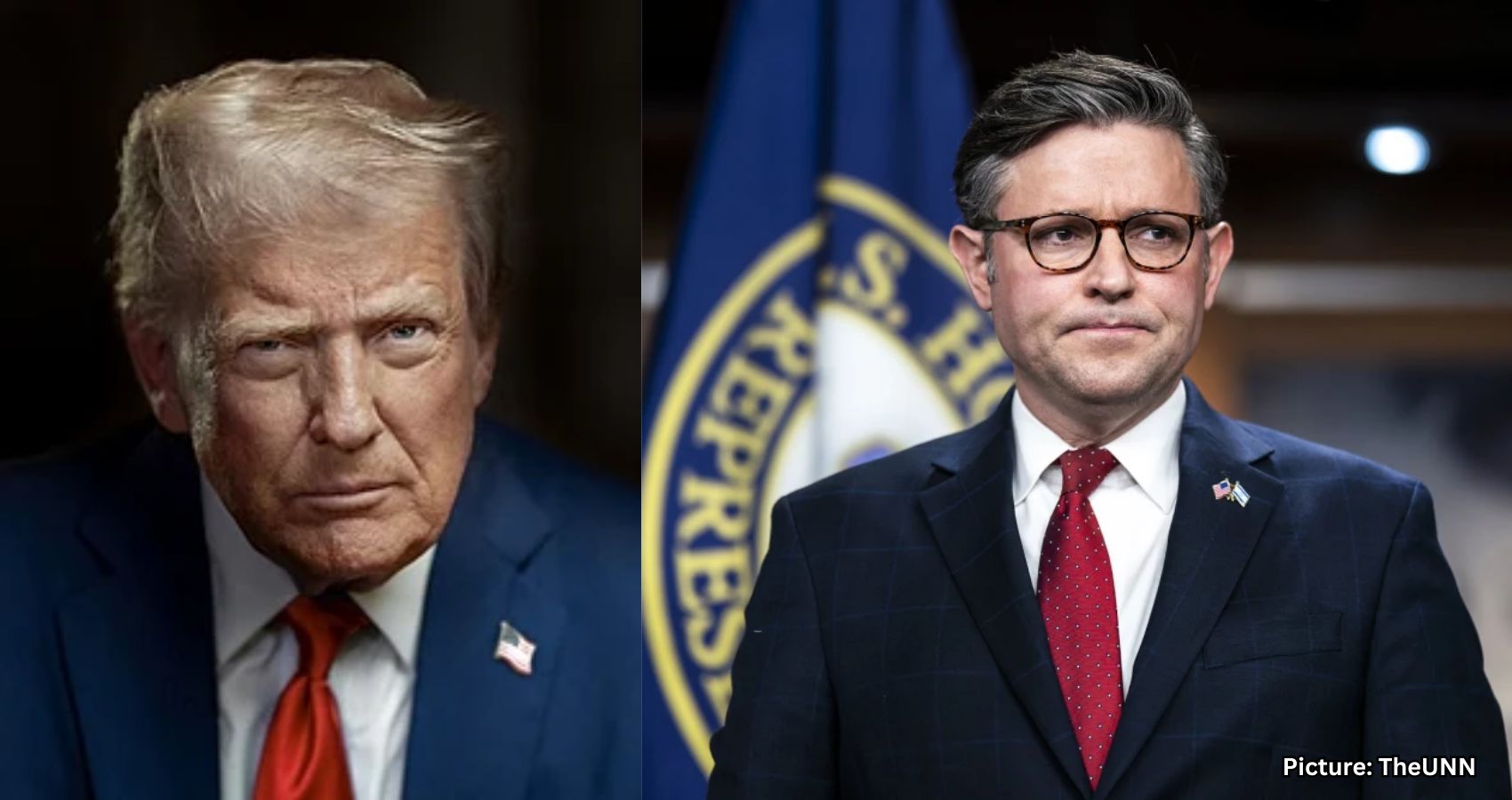

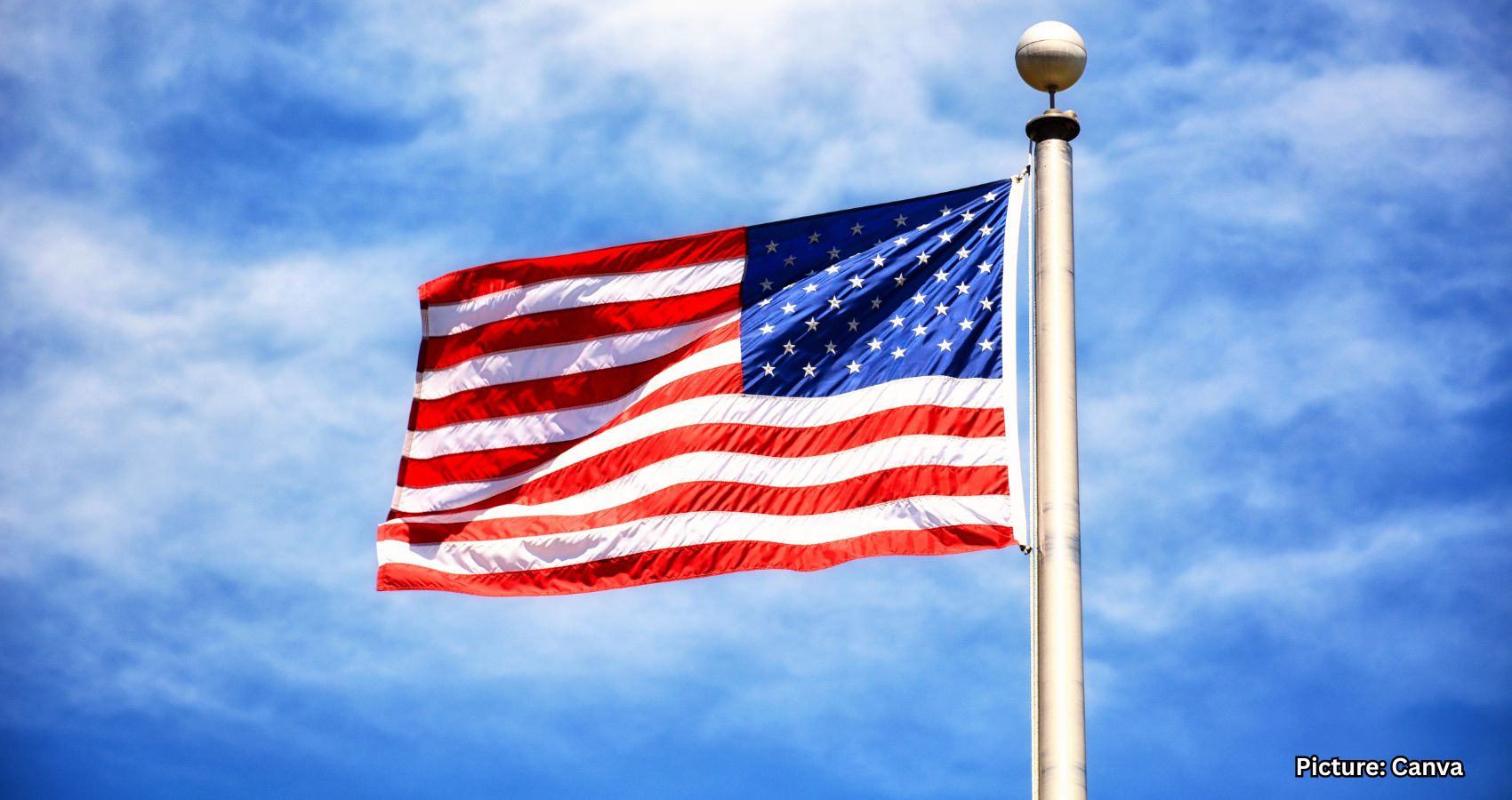

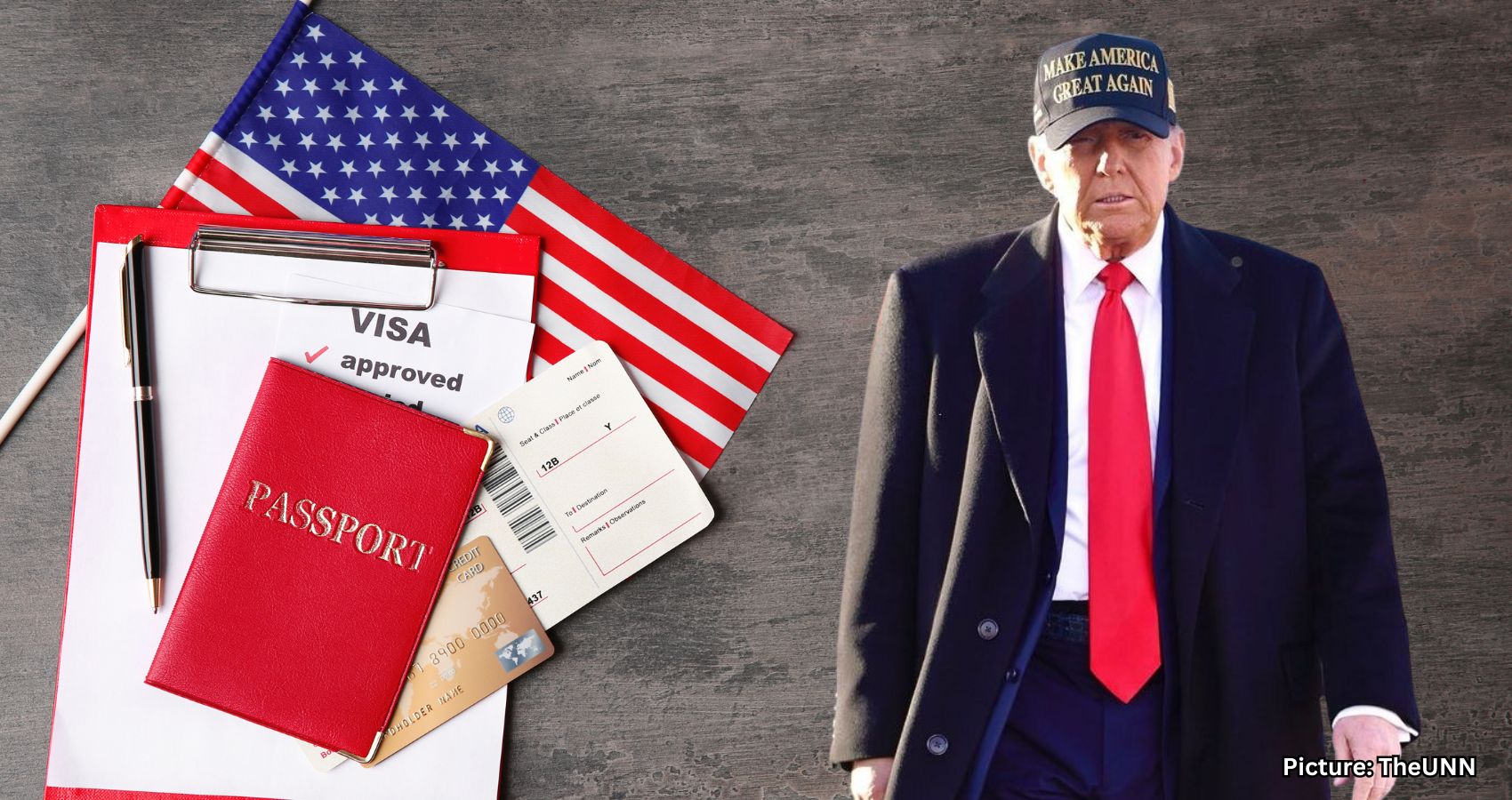
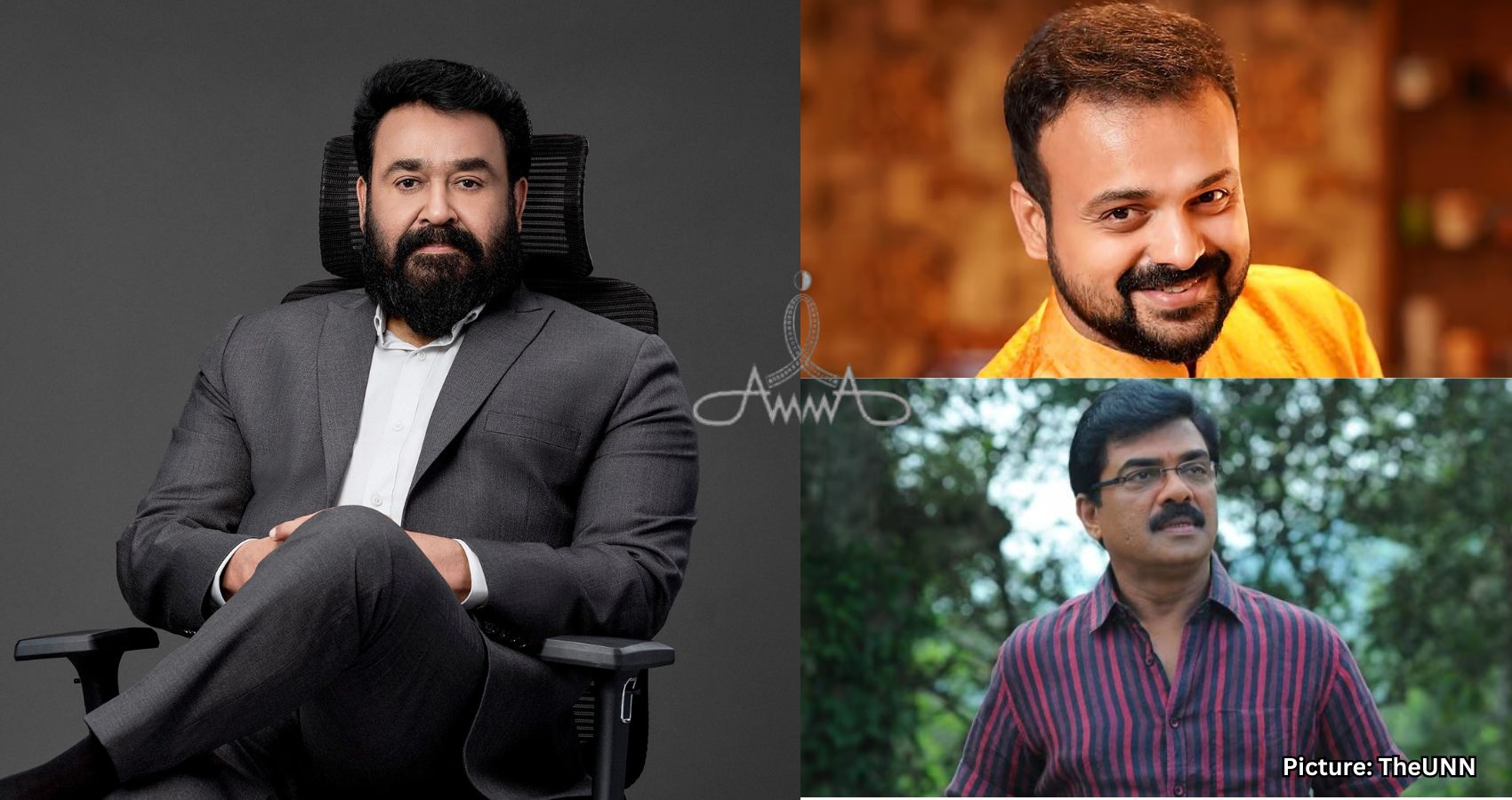

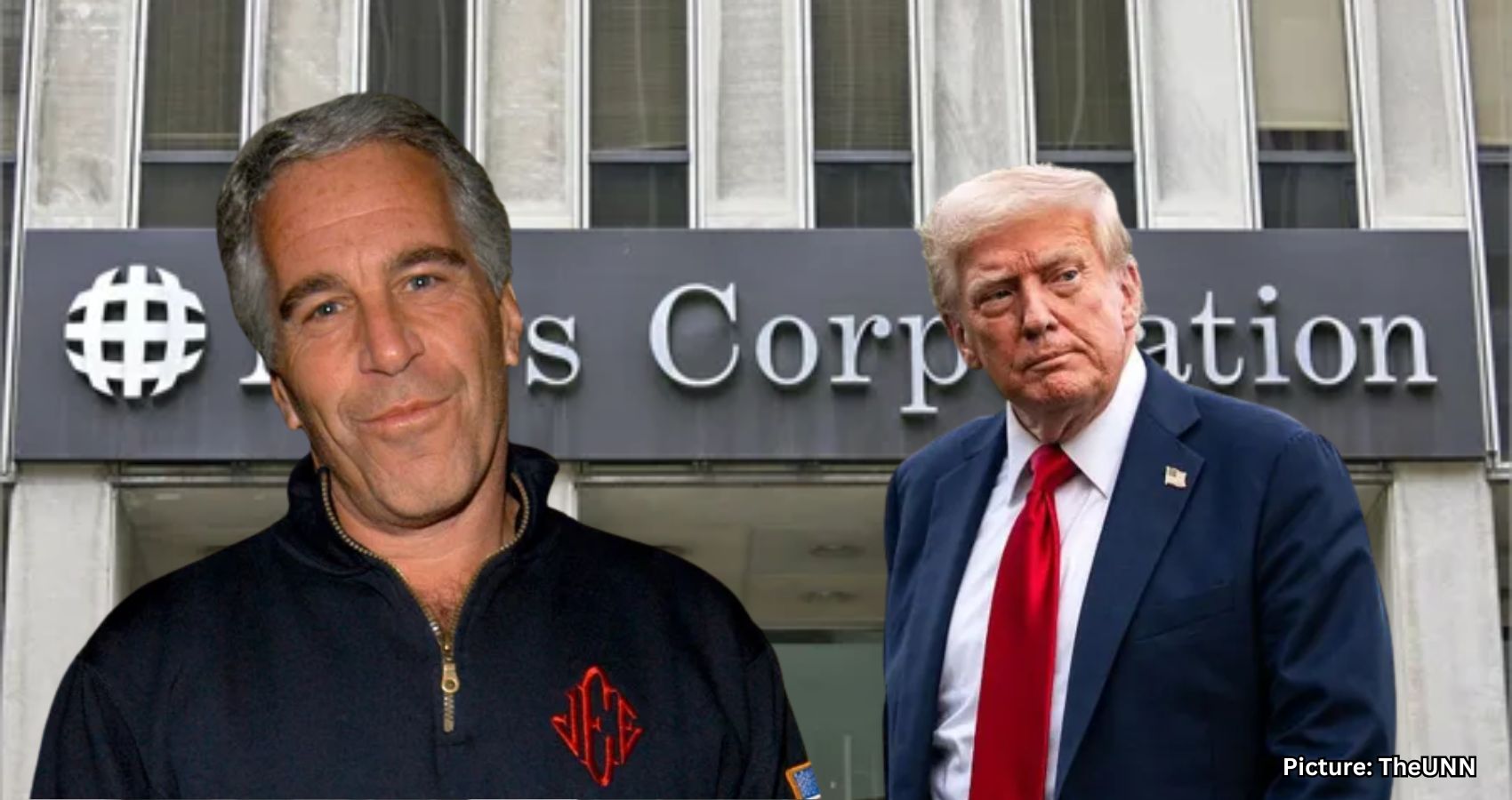

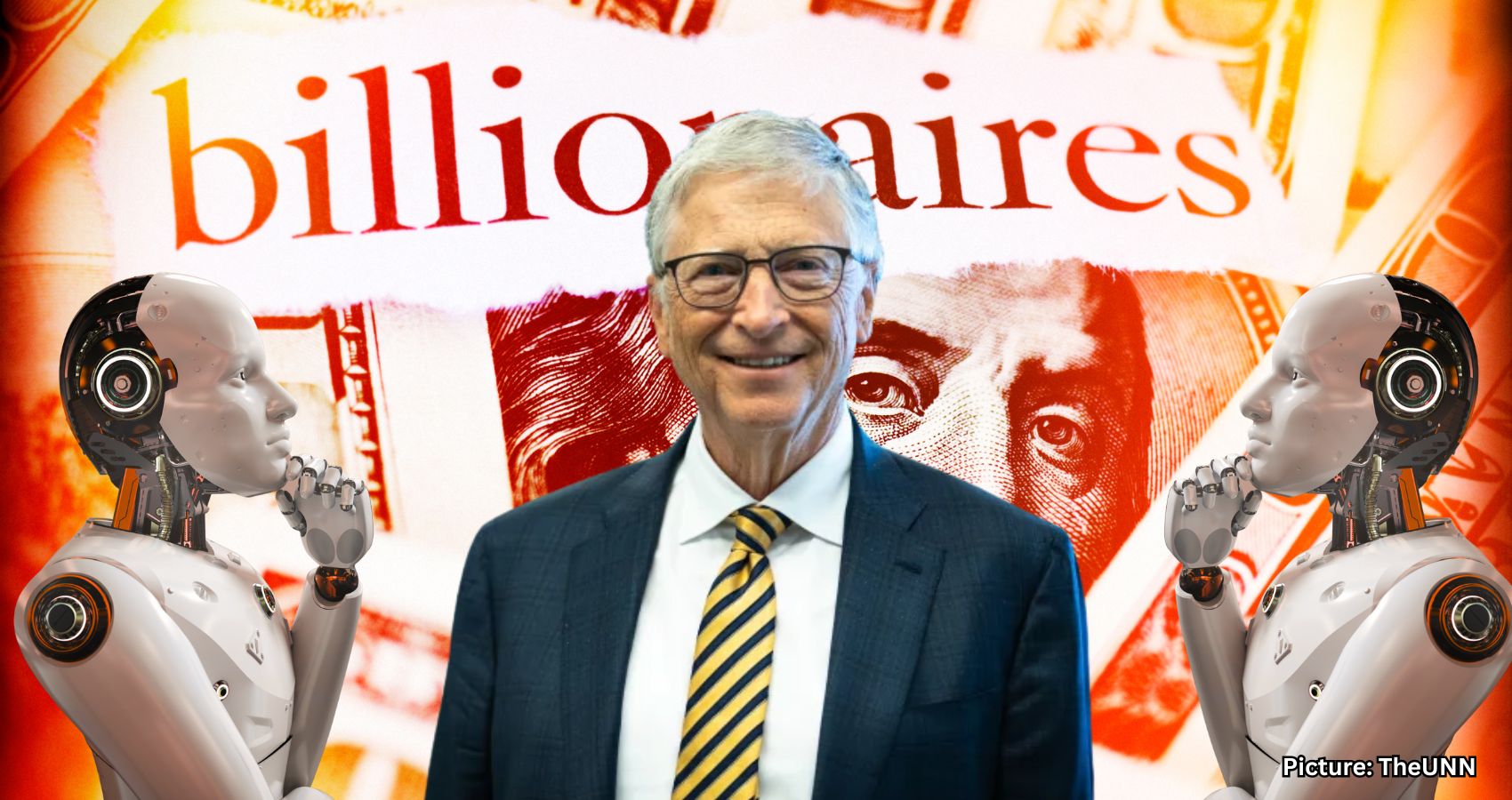













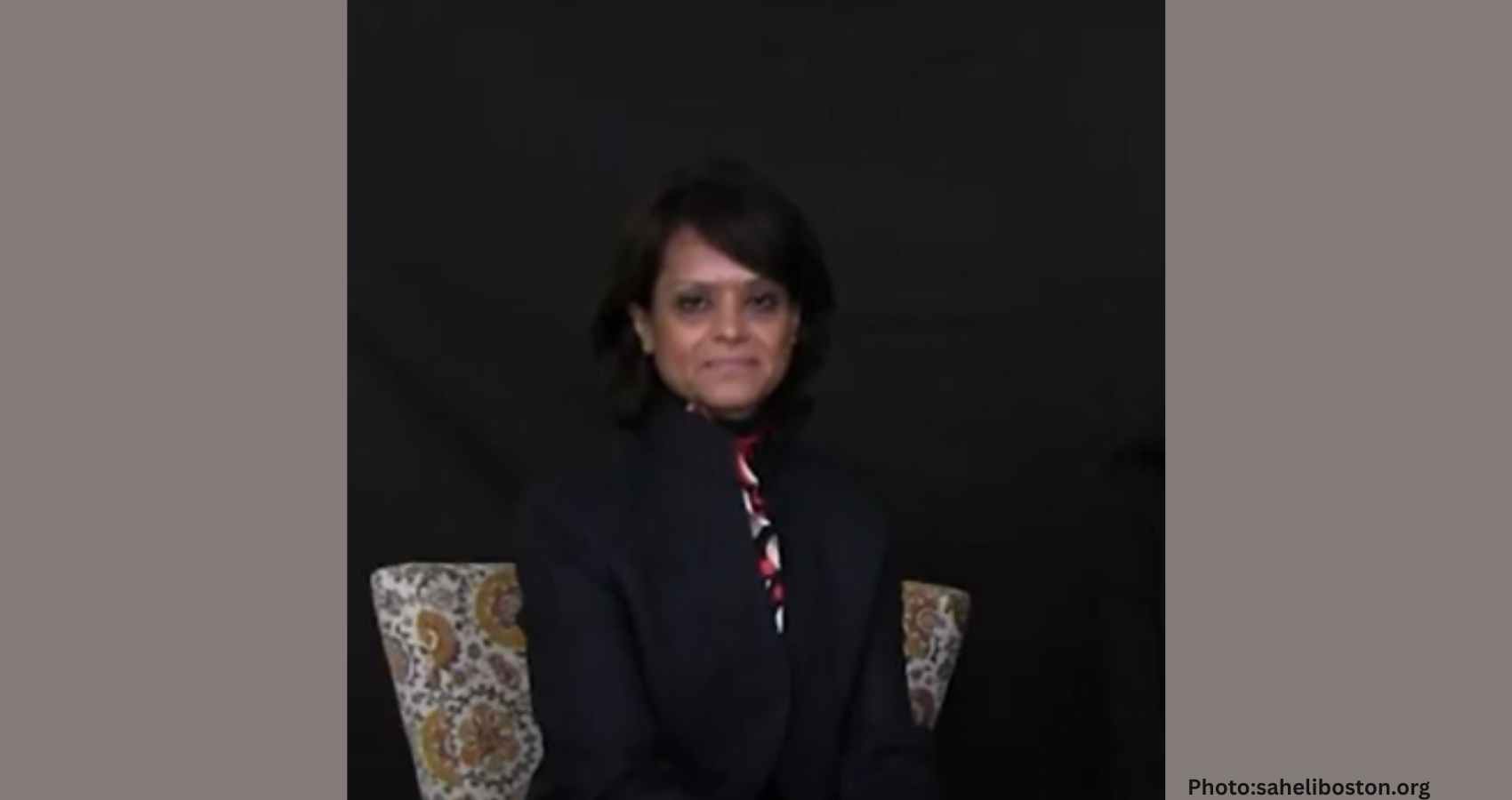








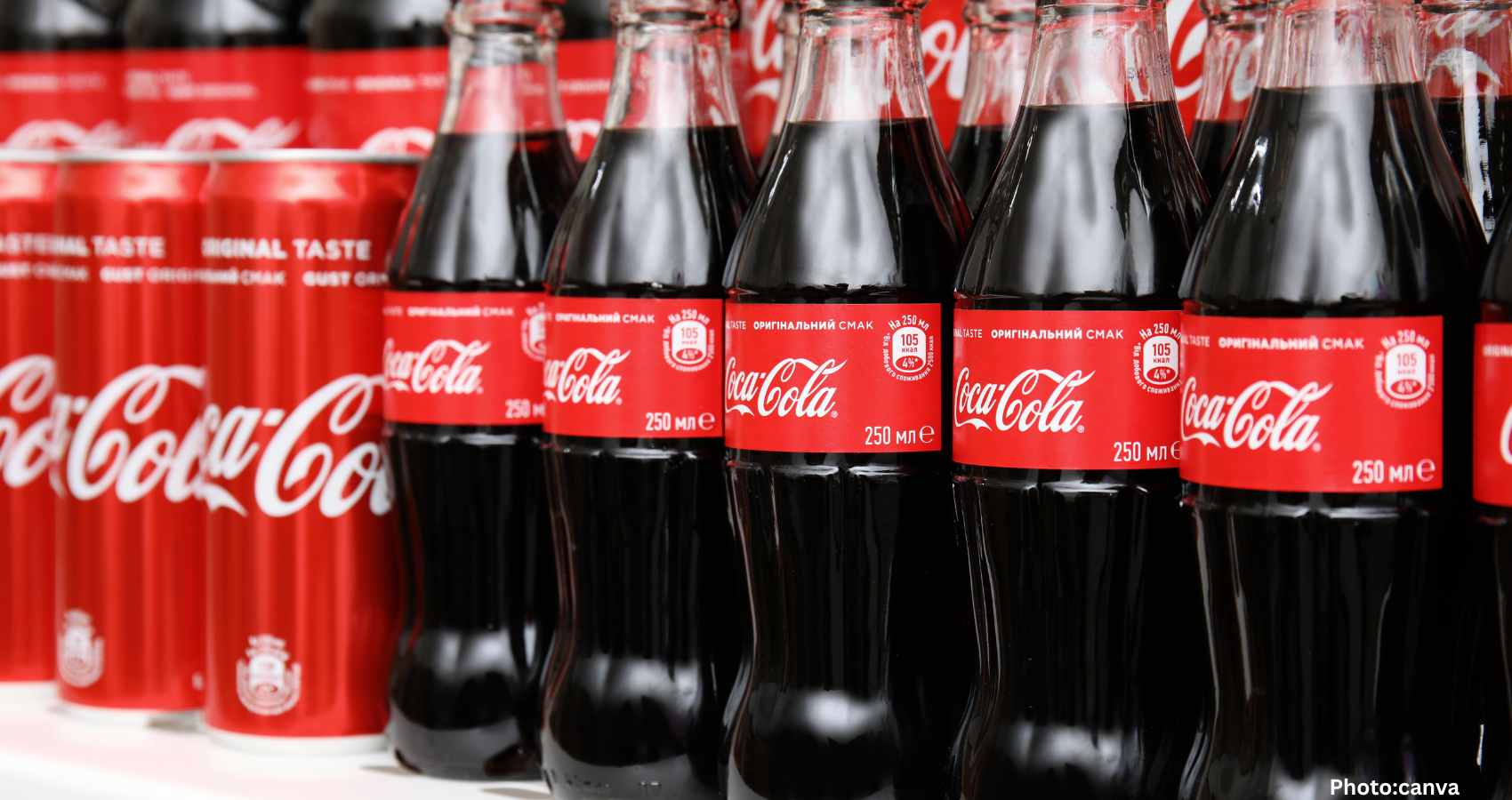










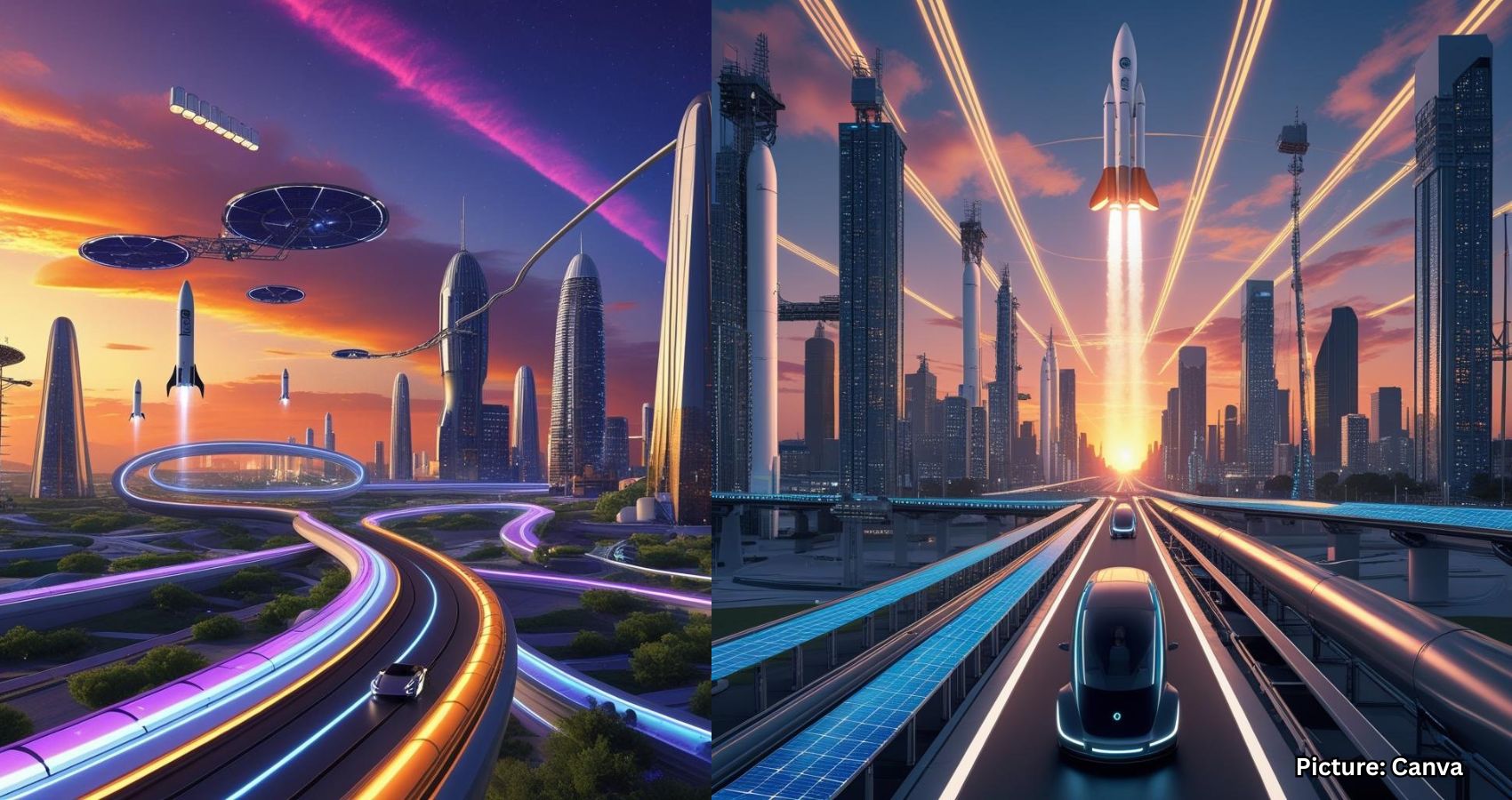



 The 23rd Biennial JAINA Convention, hosted by the Federation of Jain Associations in North America (JAINA) in collaboration with the Jain Society of Metropolitan Chicago (JSMC), took place at the Renaissance Schaumburg Convention Center and Hyatt Regency in Schaumburg, Illinois. From July 3 to July 6, 2025, the convention gathered delegates from 72 Jain Centers across the U.S. and Canada, alongside attendees from 10 other countries including India, the UK, Germany, Oman, Dubai, and Kenya. Celebrated under the theme “Unity in Diversity: A Path to Peace,” this event highlighted Jain principles such as Ahimsa (non-violence), Anekantvad (multiple viewpoints), and Aparigraha (non-possessiveness).
The 23rd Biennial JAINA Convention, hosted by the Federation of Jain Associations in North America (JAINA) in collaboration with the Jain Society of Metropolitan Chicago (JSMC), took place at the Renaissance Schaumburg Convention Center and Hyatt Regency in Schaumburg, Illinois. From July 3 to July 6, 2025, the convention gathered delegates from 72 Jain Centers across the U.S. and Canada, alongside attendees from 10 other countries including India, the UK, Germany, Oman, Dubai, and Kenya. Celebrated under the theme “Unity in Diversity: A Path to Peace,” this event highlighted Jain principles such as Ahimsa (non-violence), Anekantvad (multiple viewpoints), and Aparigraha (non-possessiveness). featuring Ashtapad—a unique creation showcasing 24 Tirthankaras—with sacred rituals and chants embracing the essence of Jainism. This was followed by the Exhibition Inauguration Ceremony displaying art, literature, and artifacts that emphasized the rich cultural heritage of Jainism.
featuring Ashtapad—a unique creation showcasing 24 Tirthankaras—with sacred rituals and chants embracing the essence of Jainism. This was followed by the Exhibition Inauguration Ceremony displaying art, literature, and artifacts that emphasized the rich cultural heritage of Jainism.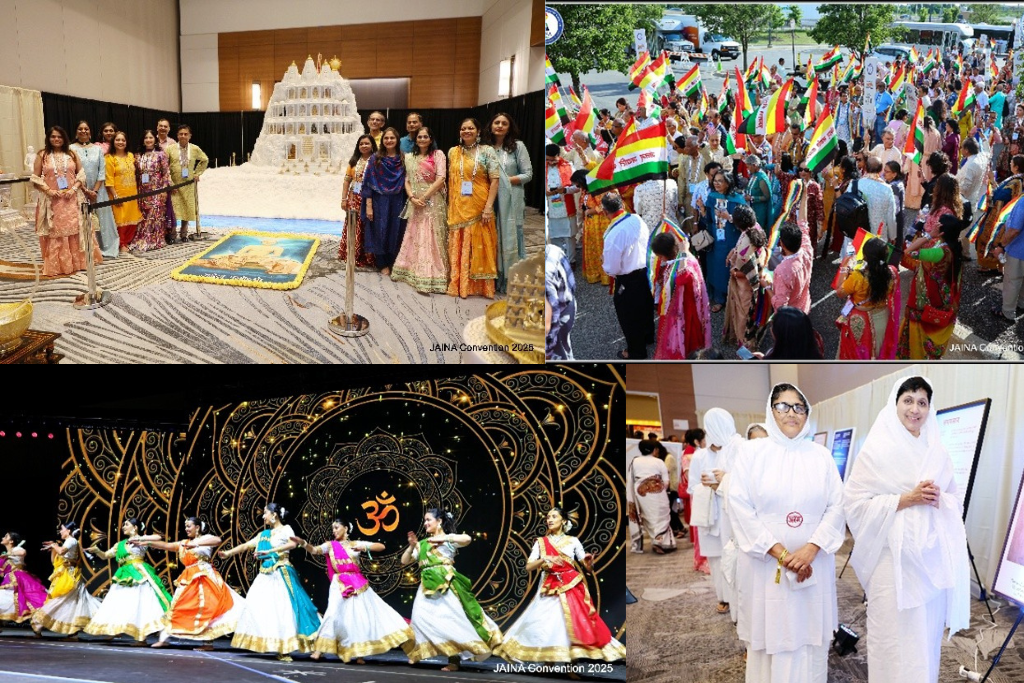 Day two on July 4 began with calming yoga and meditation sessions, led by Samani Dr. Pratibha Pragyaji and Samani Punya Pragyaji, fostering inner peace among attendees. The day’s events included stirring speeches by JAINA President Bindesh Shah and JSMC President Pragnesh Shah, followed by a keynote by Pujya Dr. Gyanvatsal Swamiji on spiritual resilience. A variety of sessions included “મૈત્રીવાદ નો શંખવાદ” by Dr. Tej Sahebji and “The Most Urgent Act of True Ahimsa: What We Eat” by Dr. Faraz Harsini advocating for veganism.
Day two on July 4 began with calming yoga and meditation sessions, led by Samani Dr. Pratibha Pragyaji and Samani Punya Pragyaji, fostering inner peace among attendees. The day’s events included stirring speeches by JAINA President Bindesh Shah and JSMC President Pragnesh Shah, followed by a keynote by Pujya Dr. Gyanvatsal Swamiji on spiritual resilience. A variety of sessions included “મૈત્રીવાદ નો શંખવાદ” by Dr. Tej Sahebji and “The Most Urgent Act of True Ahimsa: What We Eat” by Dr. Faraz Harsini advocating for veganism.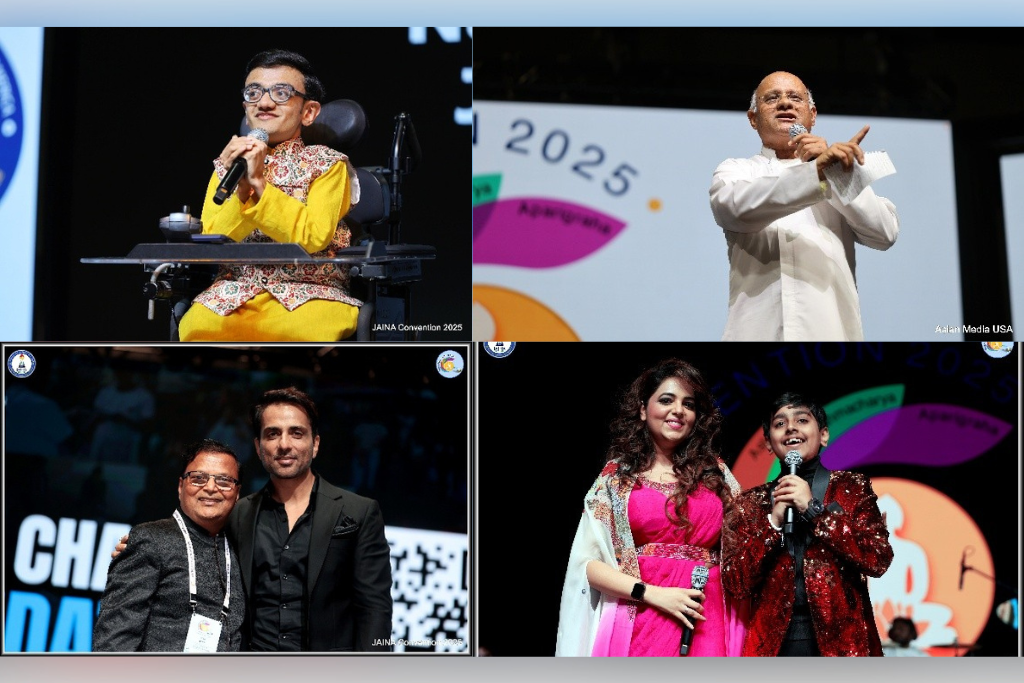 Empowerment Forum featuring Judge Neera Bahl among others. Keynote presentations and sessions explored diverse themes such as ecological crises and crisis care, enriching attendees with knowledge and inspiration. A blood drive that started on this day exemplified Jainism’s commitment to compassion, potentially impacting 276 lives.
Empowerment Forum featuring Judge Neera Bahl among others. Keynote presentations and sessions explored diverse themes such as ecological crises and crisis care, enriching attendees with knowledge and inspiration. A blood drive that started on this day exemplified Jainism’s commitment to compassion, potentially impacting 276 lives. Attendees gained perspectives from sessions such as Digital Karma by Pinkesh Shah, exploring AI’s ethical dimensions, alongside unity and diversity topics. The evening culminated with cultural performances and a keynote by Bollywood icon Sonu Sood emphasizing charitable actions.
Attendees gained perspectives from sessions such as Digital Karma by Pinkesh Shah, exploring AI’s ethical dimensions, alongside unity and diversity topics. The evening culminated with cultural performances and a keynote by Bollywood icon Sonu Sood emphasizing charitable actions.



